Fri 12 Feb 2021 •
Going Green in Malawi: An unexpected challenge
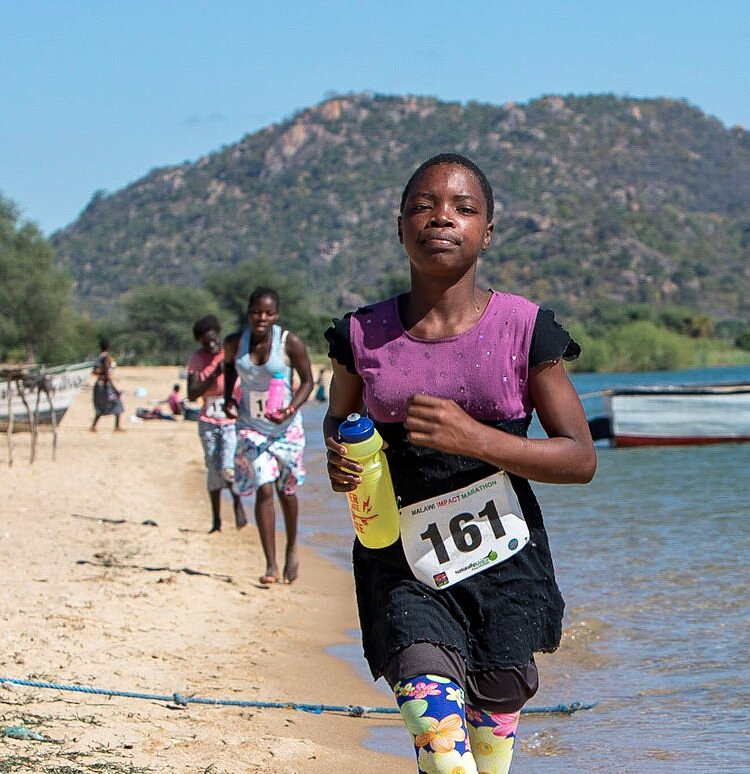
This solution was met with mixed reviews. The water bottles weren’t accepted as enthusiastically as we had hoped, and not all runners ended up taking them on the course with them which negated their primary intended purpose.
 In 2018 we held our first Malawi Impact Marathon in the remote fishing village of Nkope. Deep in the rural countryside, the race course trails stretched through fields and farmland, past majestic trees and a glittering lake - Lake Malawi, the iconic waterbed and scenic backdrop to the vastly underrated country.
In 2018 we held our first Malawi Impact Marathon in the remote fishing village of Nkope. Deep in the rural countryside, the race course trails stretched through fields and farmland, past majestic trees and a glittering lake - Lake Malawi, the iconic waterbed and scenic backdrop to the vastly underrated country.
Lake Malawi provides for much-needed purposes such as cleaning and fishing. The water itself, however, is not safe for consumption. The CDC recommends only drinking bottled or disinfected water in Malawi. Drinking contaminated water can cause sickness and disease, and access to drinkable water is a challenge for many who live in the country.
Putting on a race safely requires ensuring all participants have the ability to stay sufficiently hydrated. And the challenge increases significantly when facing 35-40 degree temperatures under the blazing sun. Add to that the difficulty of access to clean water, and the 2018 Malawi Impact Marathon presented a unique challenge for us. How do we put on a safe race, while at the same time staying true to our values? We hadn’t yet launched our Green World Policy, but the principles contained within have always been part of the way we work. Minimising waste and eliminating single use plastic have been particular focus points, as these are common issues we’ve observed in the racing industry at large.
During Impact Week we have a water filter in our Athletes’ Village from which everyone fills up their own reusable bottles brought from home. Every runner, staff member and volunteer supplies their own reusable bottle to use throughout the week.
On Race Day, our aid stations are setup and stocked with large reusable jugs of filtered water for runners to fill up with along the course. At soaring temps and fully exposed in the sun, regular and heavy hydration is critical. For our international runners, part of the mandatory race kit is a personal hydration system such as a hydration vest or hand held water bottle. We ensure every one of our runners has this, and thus no need for plastic bottles or cups on race day.
However, the local runners do not have running hydration vests. They also may not have reusable water bottles. Having local runner participation in our races is a big part of the week’s culmination, but how could we safely invite them to participate in our race while at the same time staying true to our values of minimising waste and protecting the environment?
There’s no perfect solution here. We considered putting aside our green ambitions in the name of runner safety, and hand out disposable cups or bottles of water. That certainly would have been the easier solution, in some ways! But we just couldn’t concede that there wasn’t a better way.
In 2018 we decided to give every single local runner a reusable water bottle as part of their registration. This was at cost to the race, but we felt strongly that it was the best decision - 1) preventing the need for disposable cups, 2) providing the runners with a safe and reusable personal hydration tool to use on the course, and 3) providing what would hopefully be seen as a tool with broader utility for the runners beyond the race.
This solution was met with mixed reviews. The water bottles weren’t accepted as enthusiastically as we had hoped, and not all runners ended up taking them on the course with them which negated their primary intended purpose. The feedback that followed was that the runners didn’t see much value in the water bottles and would have much preferred a celebratory meal or some other kind of prize at the end.
 For 2019, we took this feedback to heart. Returning to Malawi and determined to find a different solution that wouldn’t compromise our values, we came to a remarkable realisation. Everywhere around us in the village we saw bottles - plastic bottles, which once carried soda or water, were cleaned and sold (and re-sold) in the markets to be used for various purposes. Single-use plastic bottles were being made multi-use. It occurred to us, we could purchase these bottles from the local markets and hand them out to the local runners to be used during the race. A low-cost solution that was locally relevant and would give the runners not only a way to fuel up on the course but also a resource that they might otherwise be buying for themselves - something with real value to them. With this lower cost solution we also added on a post-race meal and celebration for the local runners, in recognition of their feedback from the prior year. All-in-all, this year was very well received.
For 2019, we took this feedback to heart. Returning to Malawi and determined to find a different solution that wouldn’t compromise our values, we came to a remarkable realisation. Everywhere around us in the village we saw bottles - plastic bottles, which once carried soda or water, were cleaned and sold (and re-sold) in the markets to be used for various purposes. Single-use plastic bottles were being made multi-use. It occurred to us, we could purchase these bottles from the local markets and hand them out to the local runners to be used during the race. A low-cost solution that was locally relevant and would give the runners not only a way to fuel up on the course but also a resource that they might otherwise be buying for themselves - something with real value to them. With this lower cost solution we also added on a post-race meal and celebration for the local runners, in recognition of their feedback from the prior year. All-in-all, this year was very well received.
While we still cringe at the idea of reusing (intended) single-use plastic bottles, and are aware of the concerns about reusing these types of materials, we are proud of our approach to the challenge across both years and are constantly learning and looking for new and better ways as we go. Last year's solution was far from perfect, and maybe there isn’t a perfect solution. But we will keep going strong in the direction of a Green World and hope you will join us on this journey.
What will the solution be next year? You’ll have to come along to see ;)

Interesting source article: https://www.cdc.gov/healthywater/pdf/global/the-water-people-drink-viewable-508.pdf
Related posts

Tue 10 Sep 2024 • Liza Kershaw
Introducing Commit to Impact: What You Need to Know
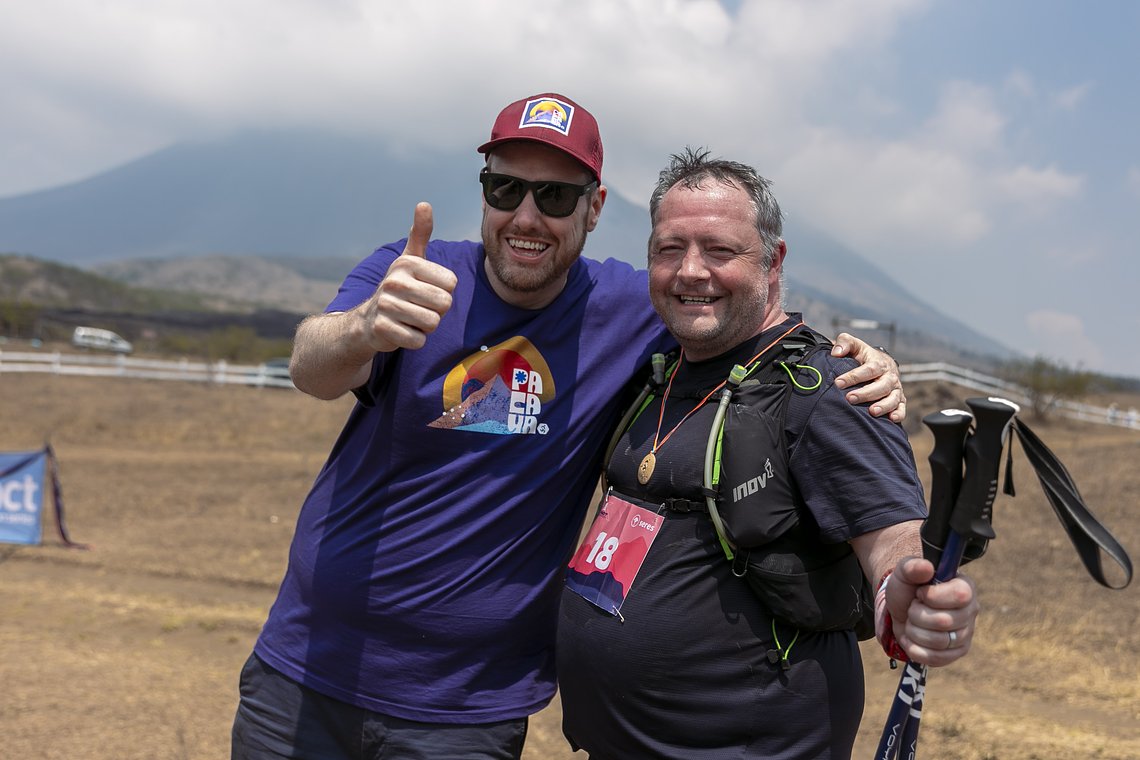
Tue 13 Aug 2024 • Liza Kershaw
The heartbeat of Impact: stories of connection and unity at Impact Marathon
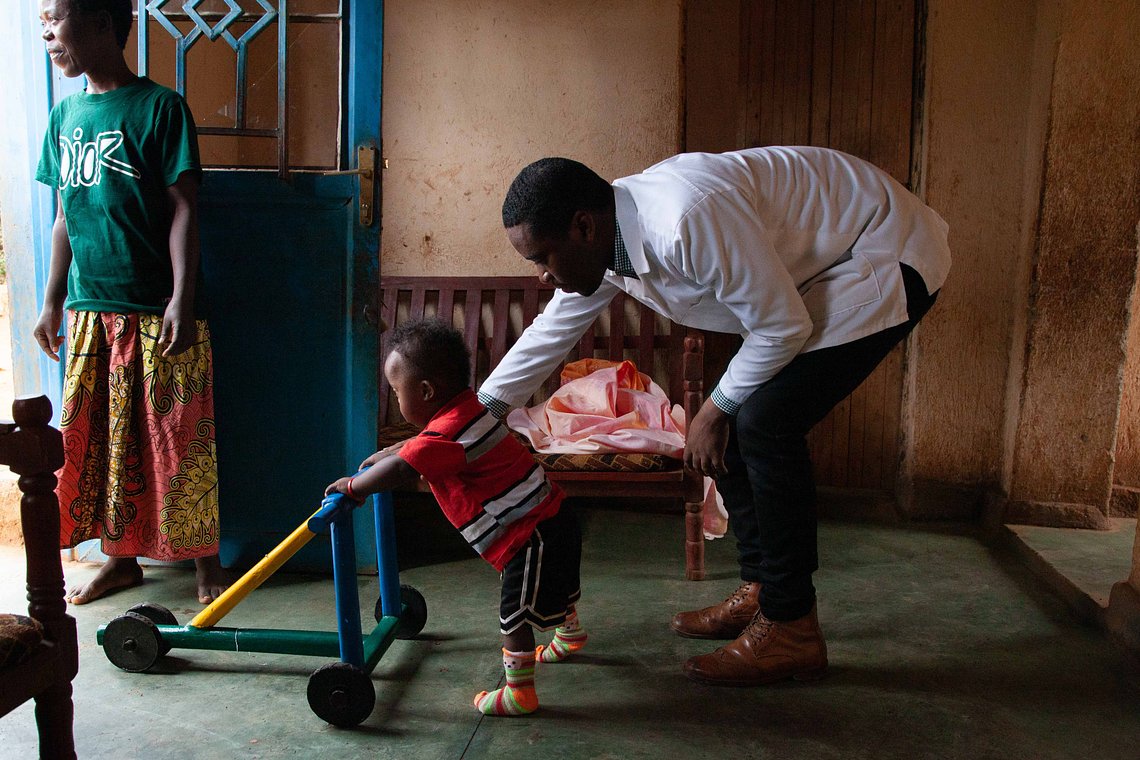
Tue 16 Apr 2024 • Liza Kershaw
fundraising: london marathon to impact marathon
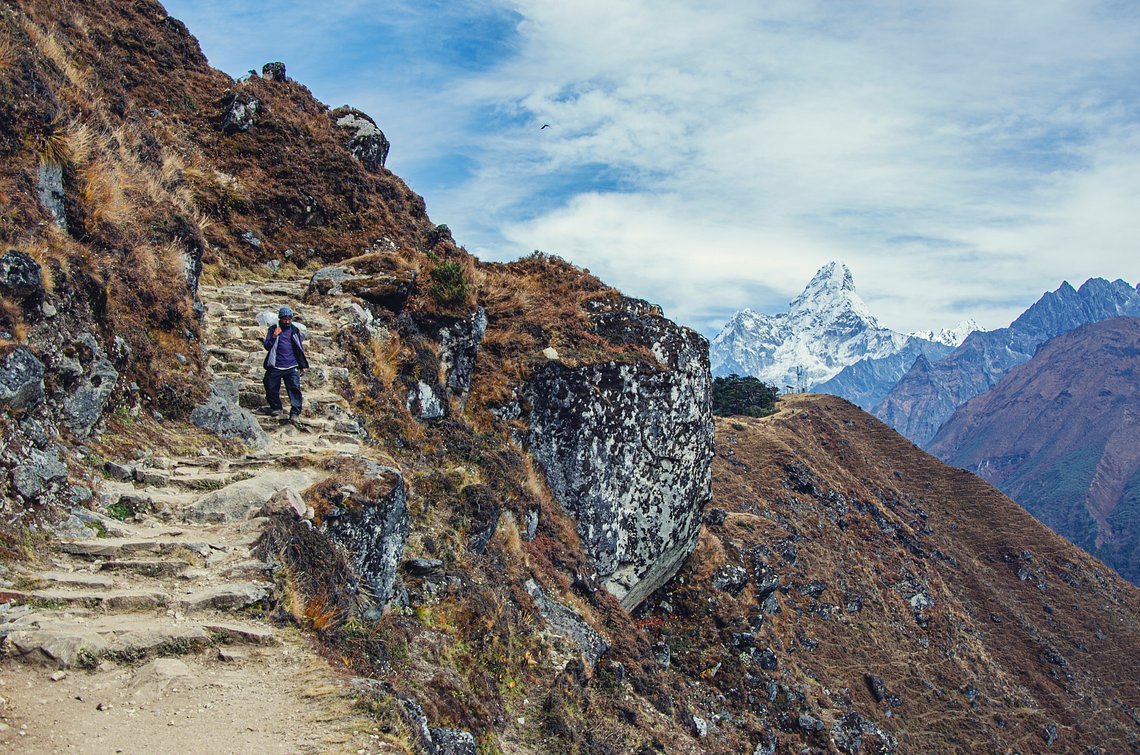
Tue 16 Apr 2024 • Liza Kershaw
the power within
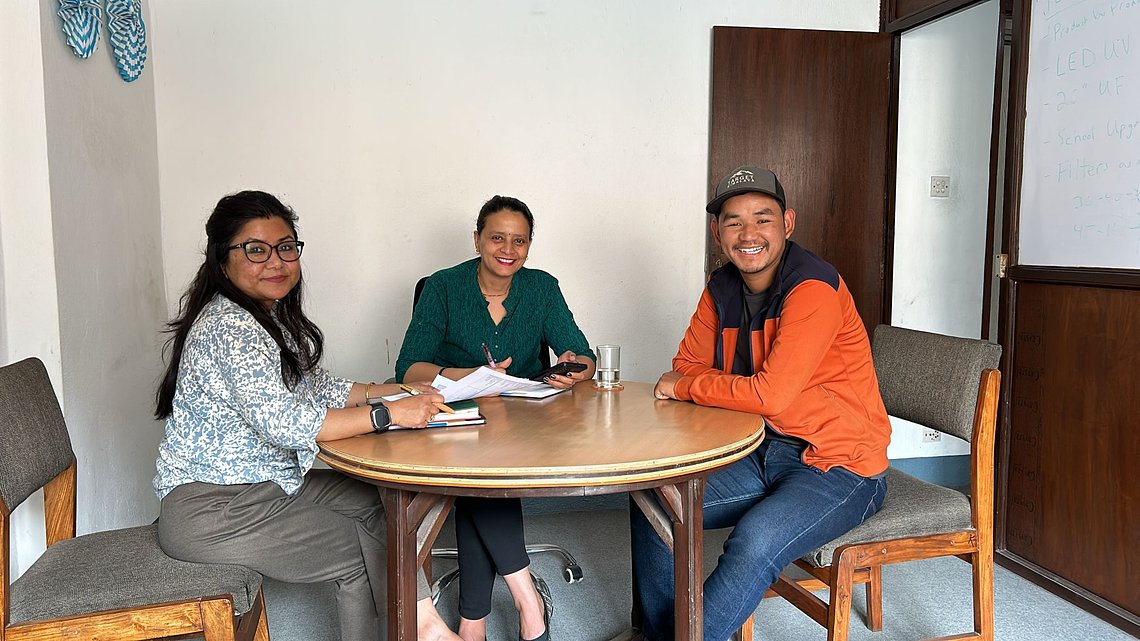
Mon 15 Apr 2024 • Nick Kershaw
beyond the finish line: sustaining impact between marathon events
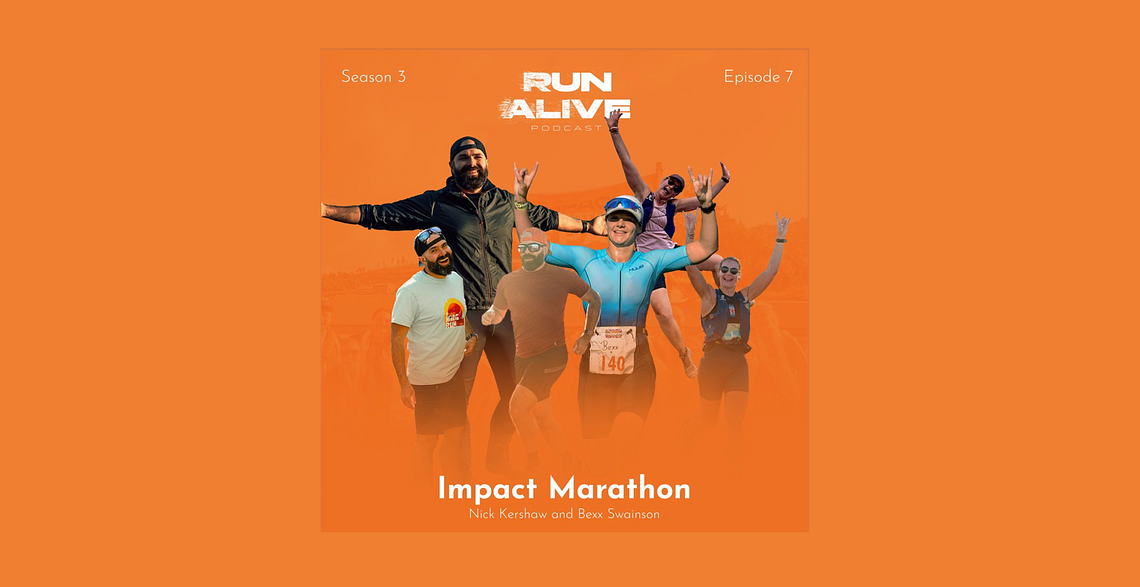
Tue 9 Apr 2024 • Liza Kershaw
run alive: hear from an impact runner
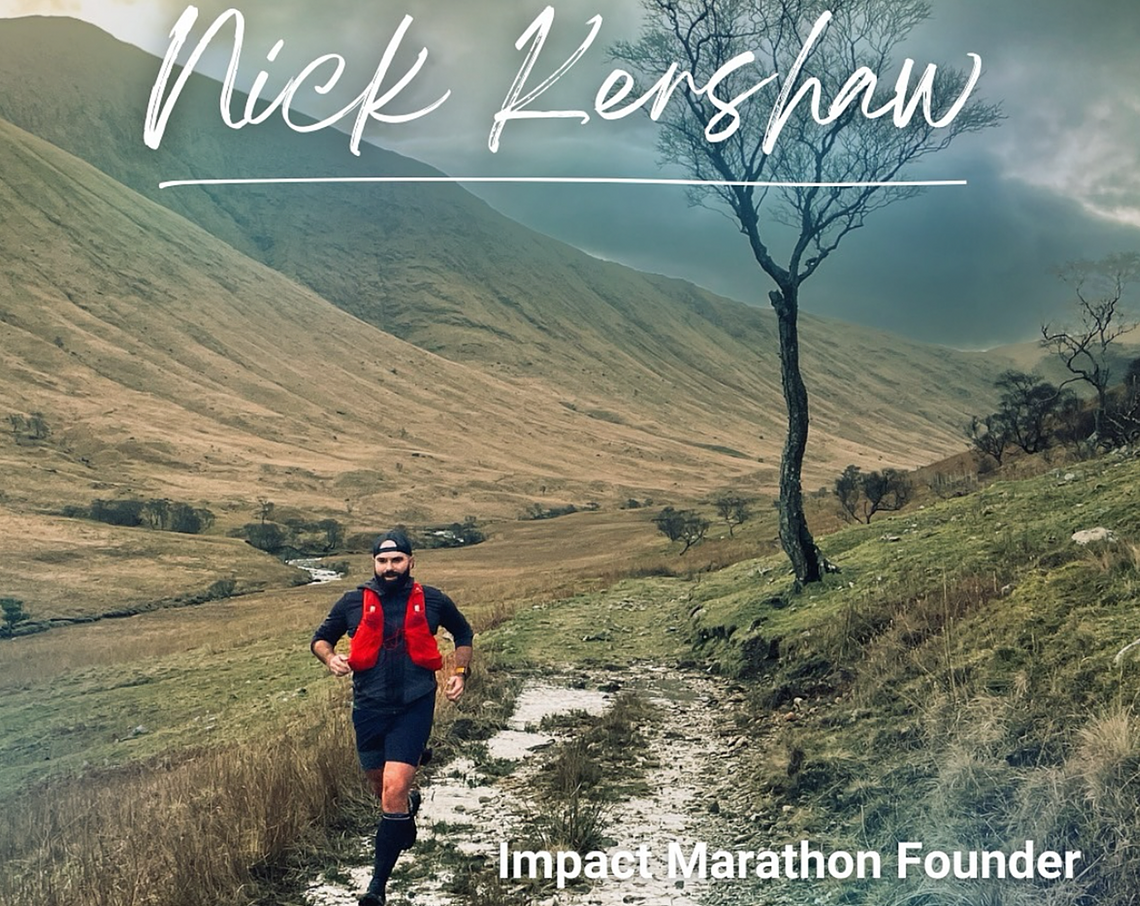
Tue 26 Mar 2024 • Liza Kershaw
inspired soles: Nick Kershaw | impact marathon founder

Tue 26 Mar 2024 • Liza Kershaw
business of endurance: the transformative impact of community-driven marathon events
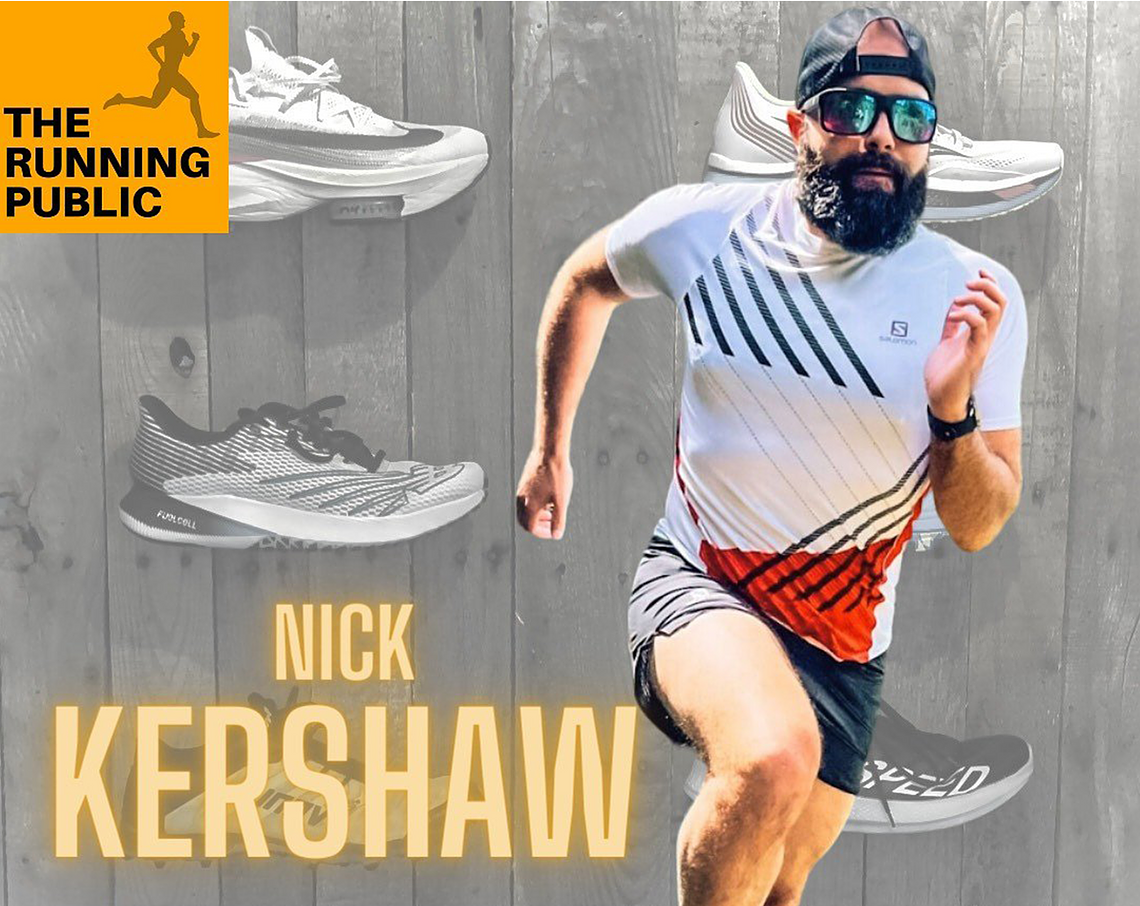
Tue 26 Mar 2024 • Liza Kershaw
the running public: interview with founder, Nick Kershaw

Mon 18 Mar 2024 • Nick Kershaw
impact stories: guatemala beyond the headlines
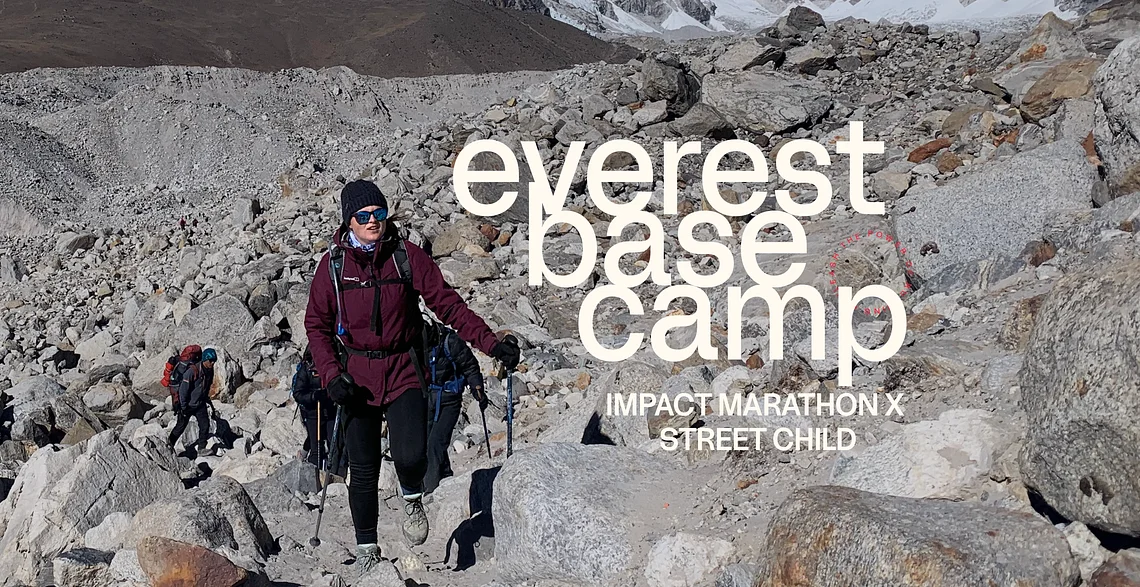
Mon 18 Mar 2024 • Nick Kershaw
Introducing Global Impact Challenges: The Next Step in the Journey of Impact Marathon
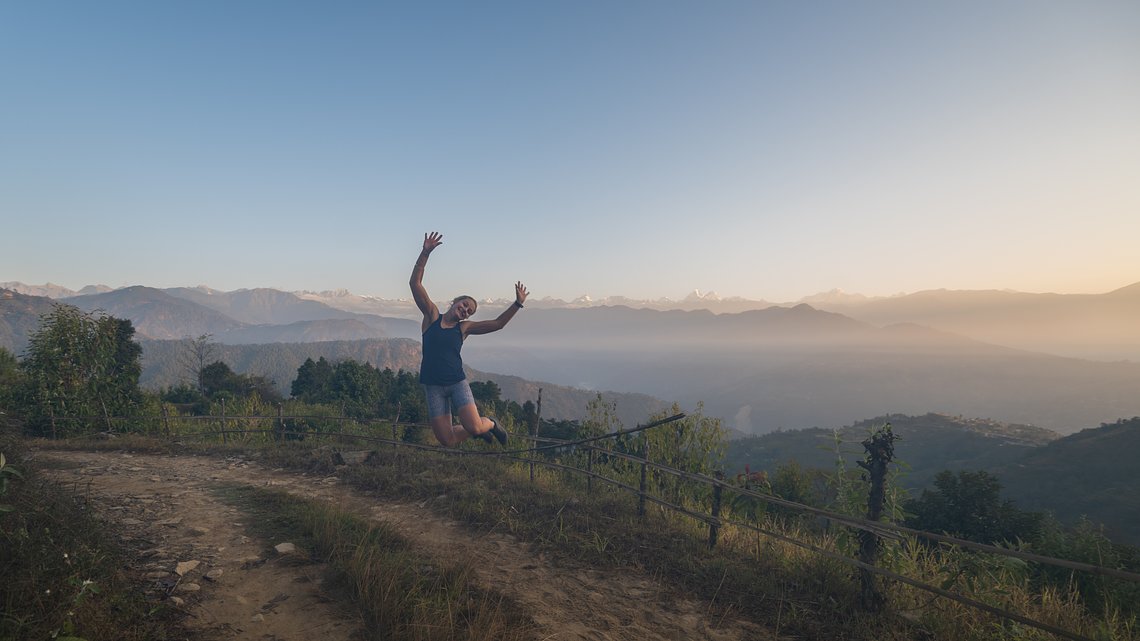
Mon 26 Feb 2024 • Liza Kershaw
impact stories: the power of unity
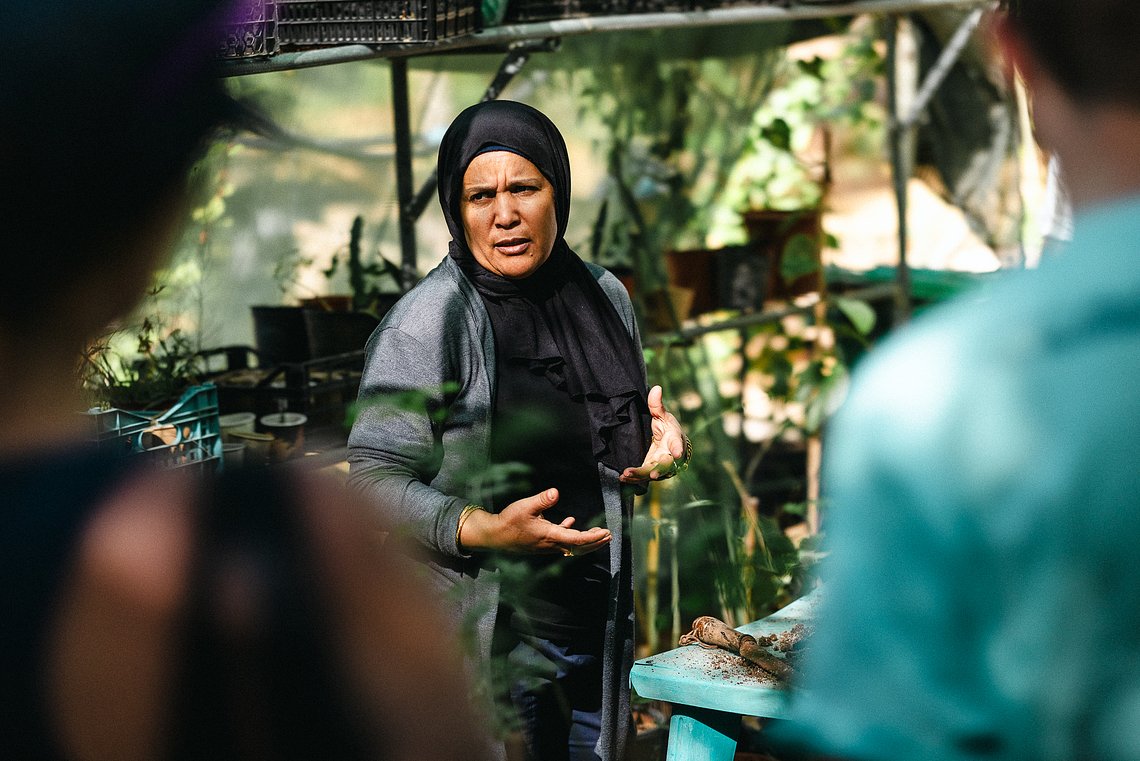
Thu 22 Feb 2024 • Liza Kershaw
impact stories - desert to oasis: the greening the desert miracle
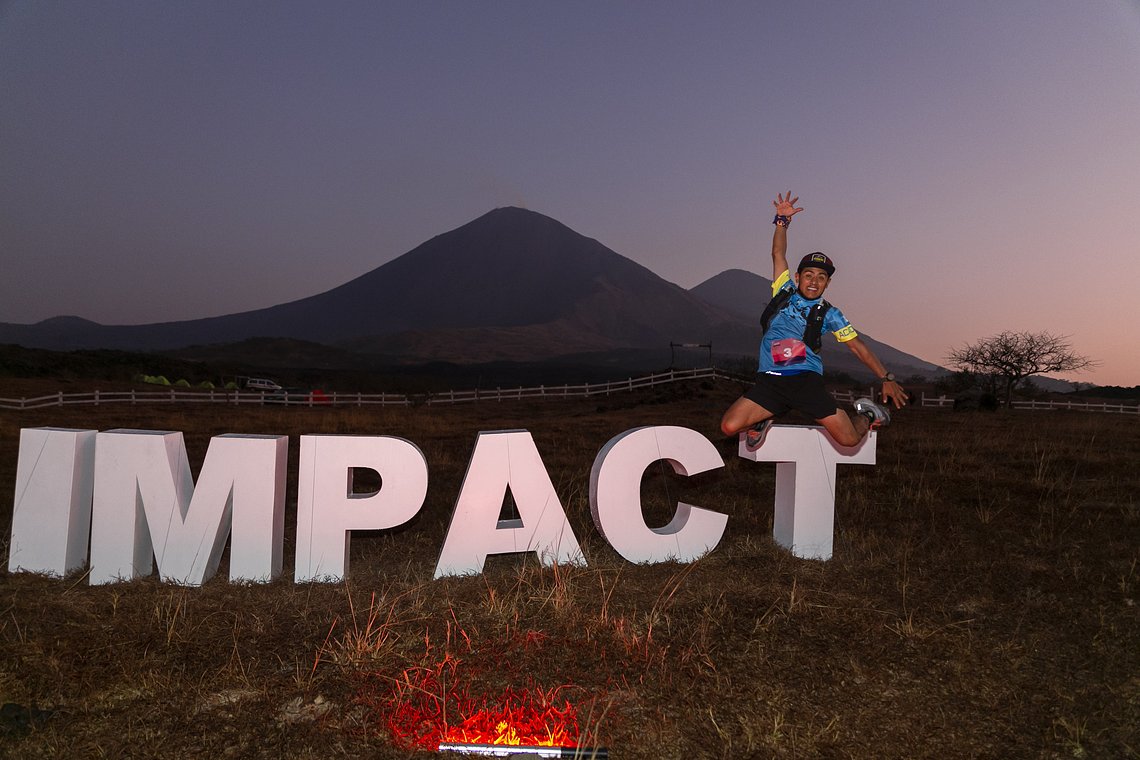
Tue 20 Feb 2024 • Liza Kershaw
2025 Guatemala Impact Marathon: A Thoughtful Stride into the Future
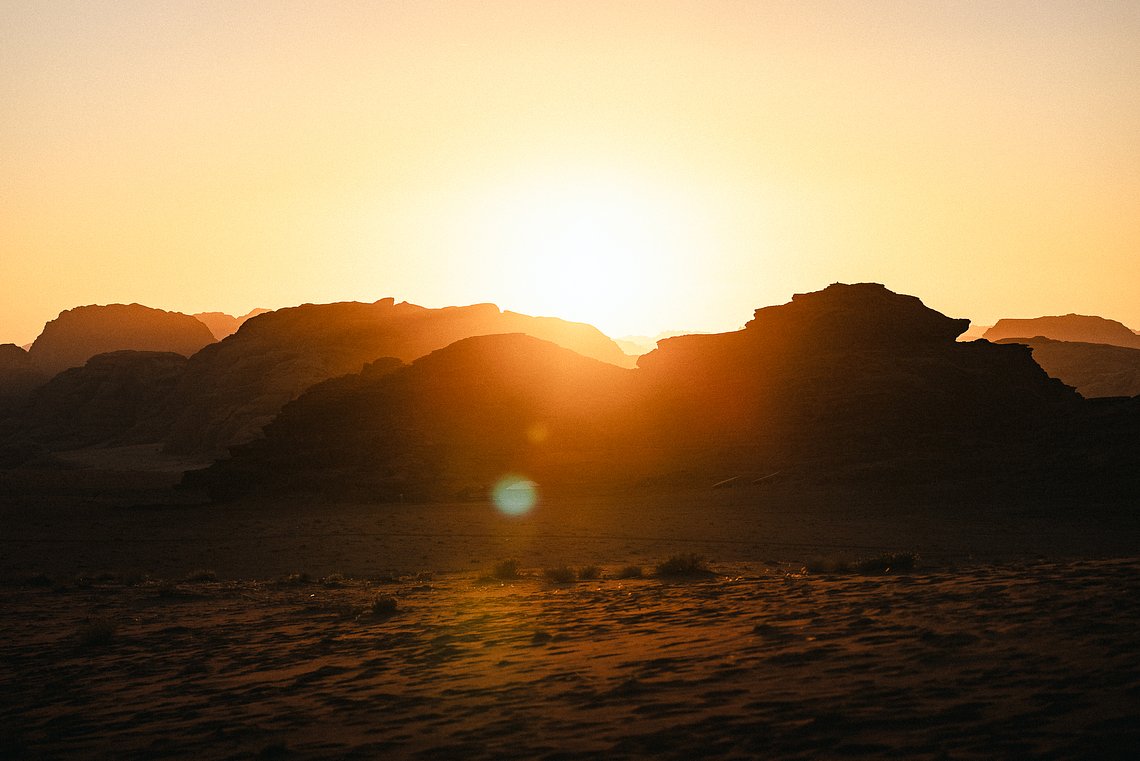
Fri 16 Feb 2024 • Liza Kershaw
impact stories: how to be powerful
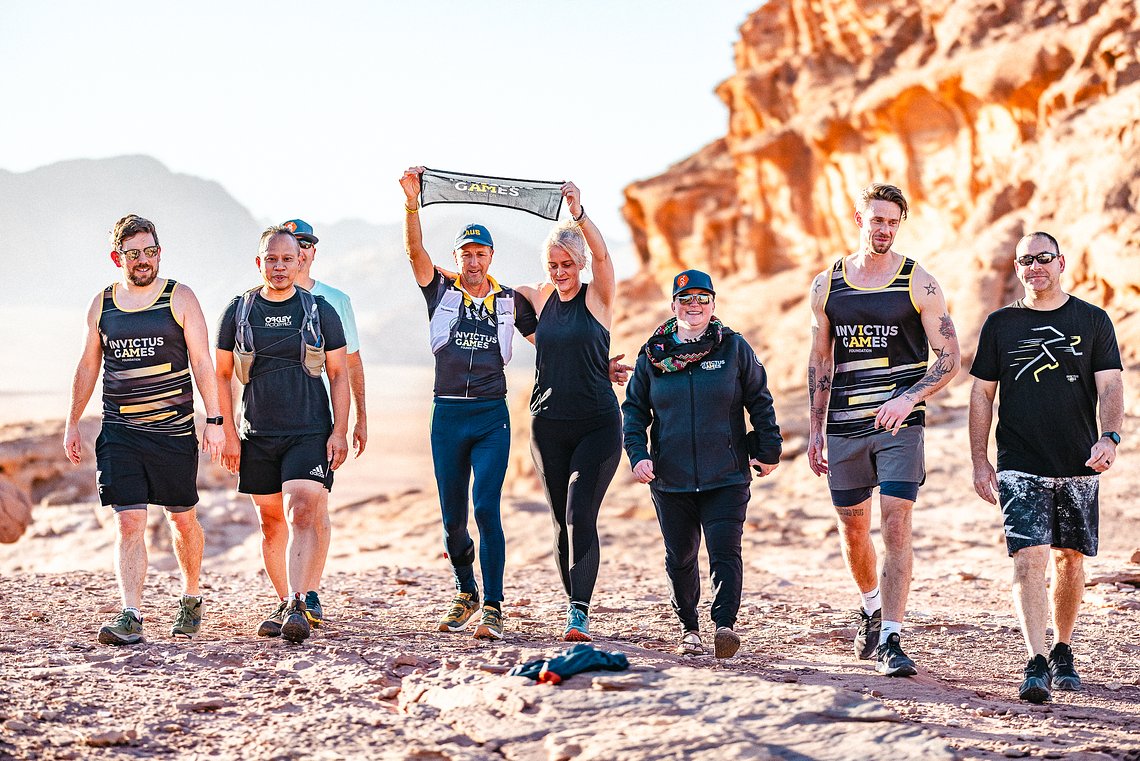
Thu 1 Feb 2024 • Nick Kershaw
Empowering Strides: Unveiling the World’s Most Powerful Races in 2024
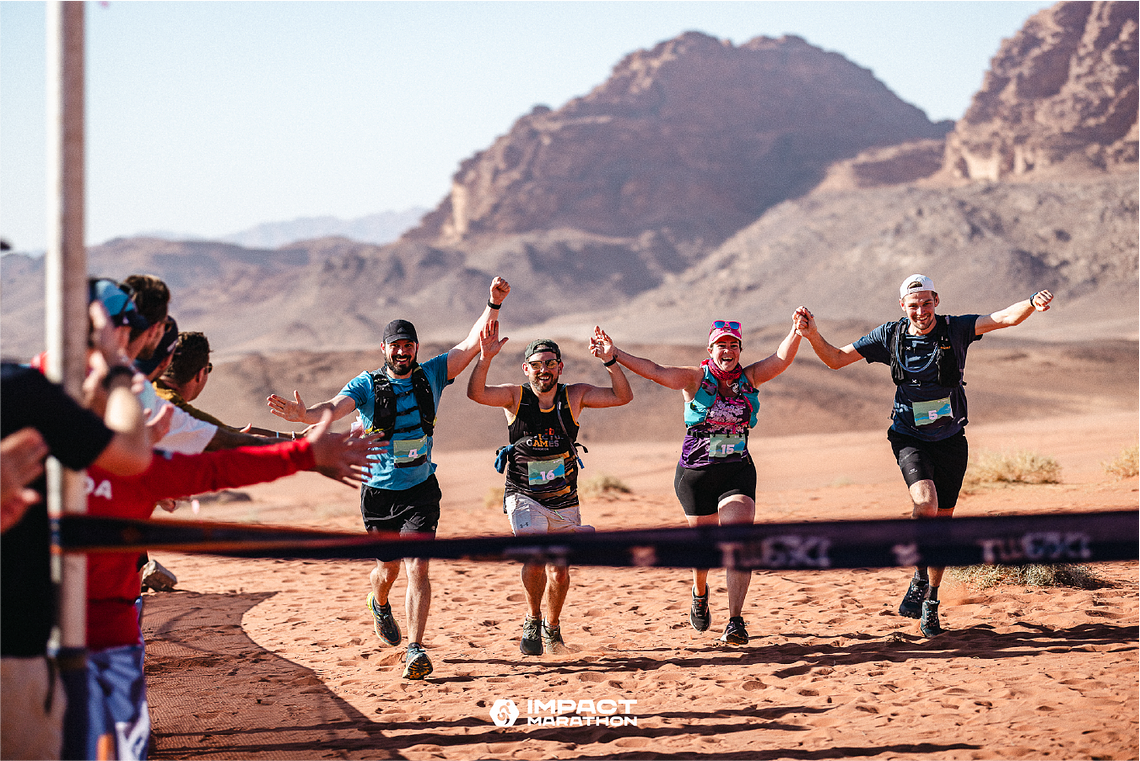
Wed 27 Dec 2023 • Nick Kershaw
Echoes of Impact: A Reflective Journey Through 2023's Races and Beyond
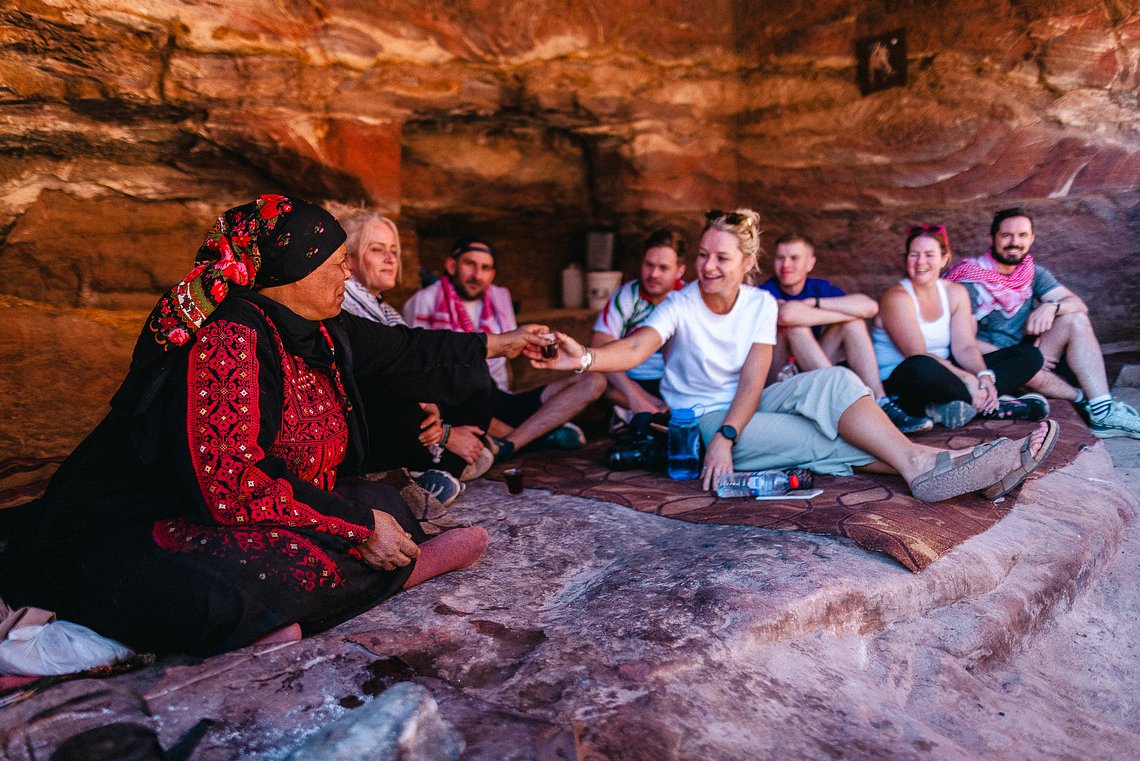
Thu 14 Dec 2023 • Nick Kershaw
Petra Reimagined: A Testament to Resilience and Solidarity with Impact Marathon
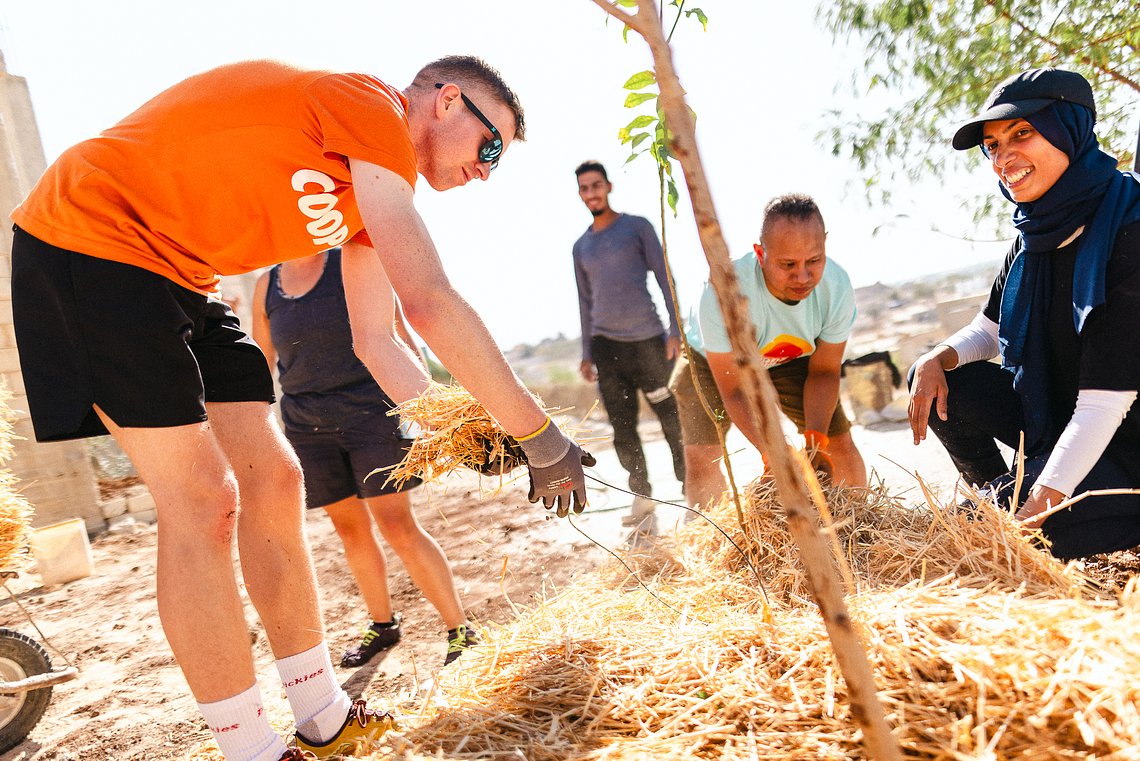
Thu 7 Dec 2023 • Nick Kershaw
Turn a desert green? That's Impossible!
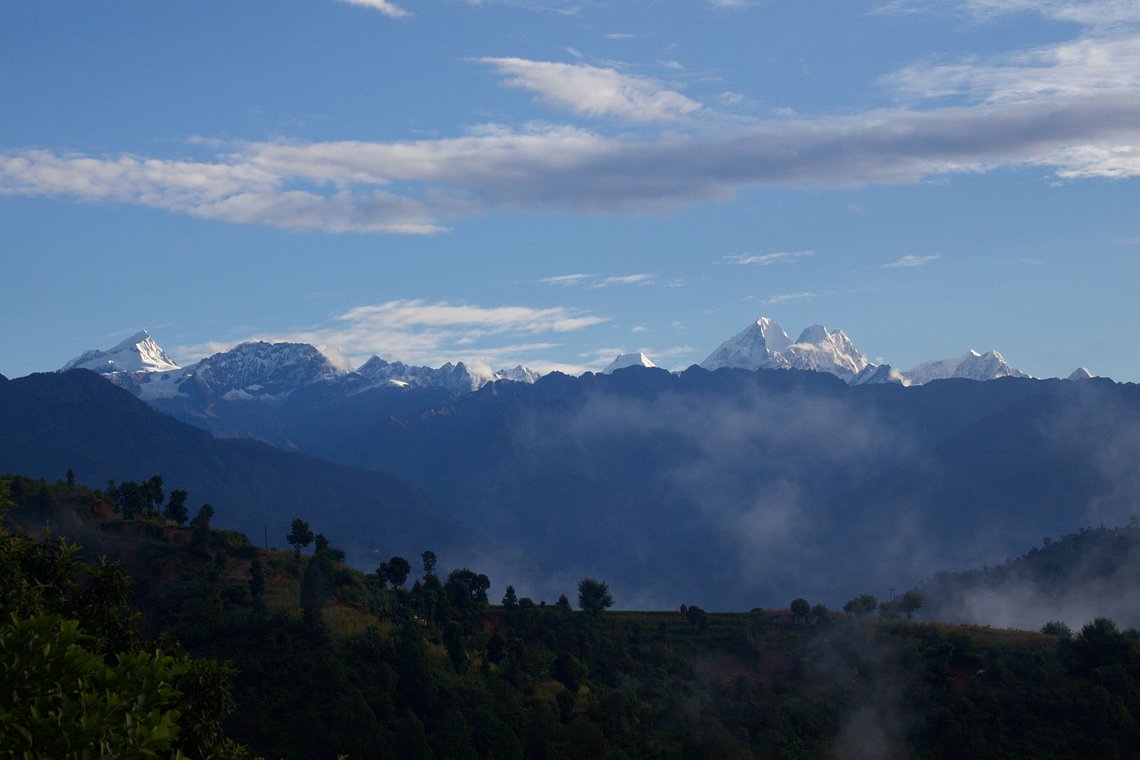
Tue 24 Oct 2023 • Liza Kershaw
PODCAST: The Crevasse
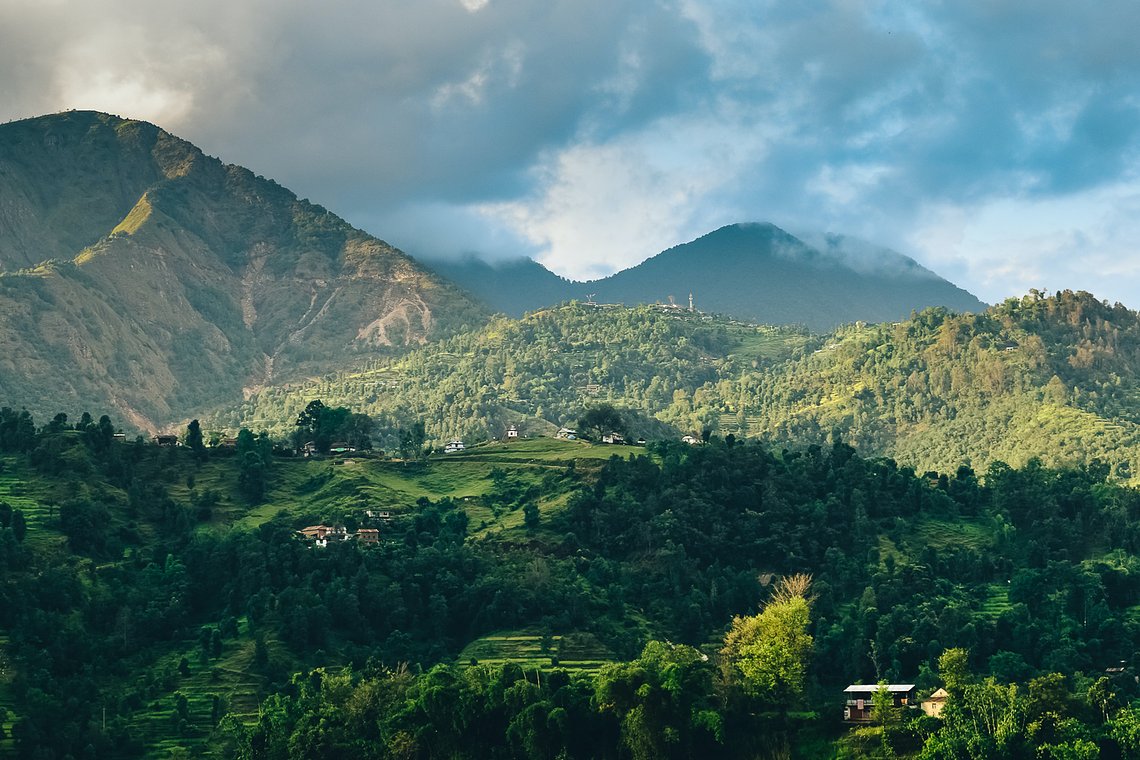
Mon 23 Oct 2023 • Liza Kershaw
PODCAST: From Turning Points to Learning Points
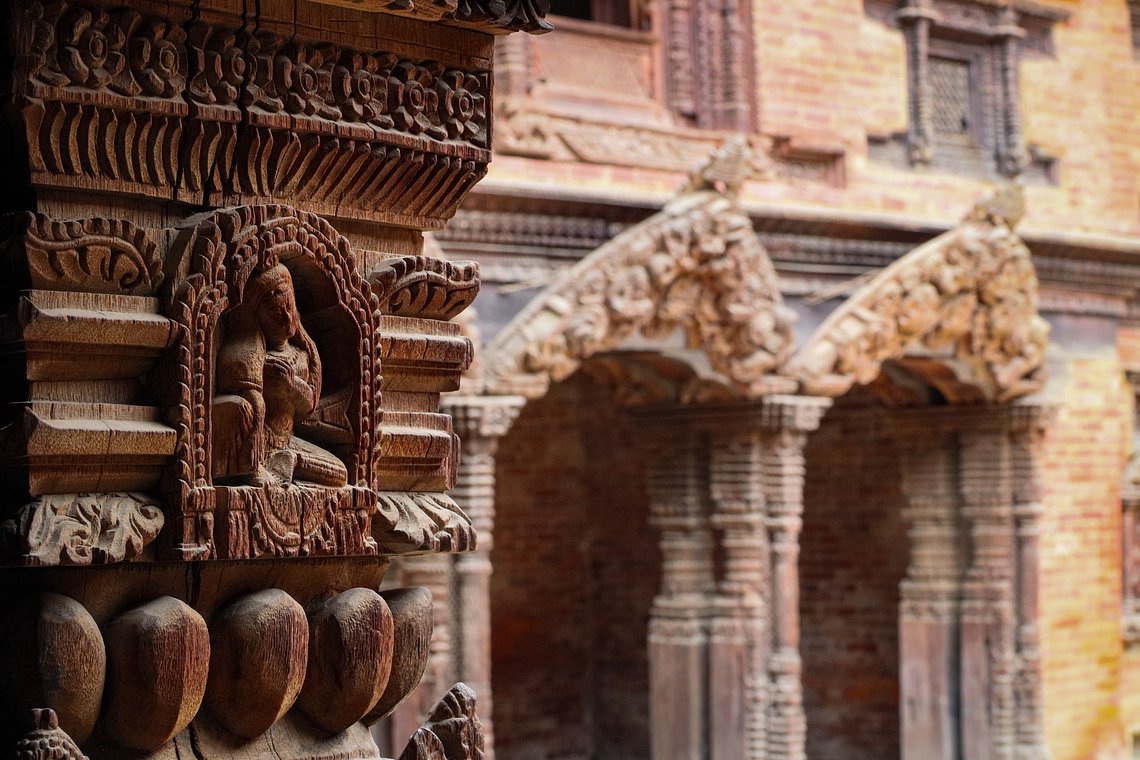
Sat 21 Oct 2023 • Liza Kershaw
PODCAST: How Just ONE Meeting Changes Everything
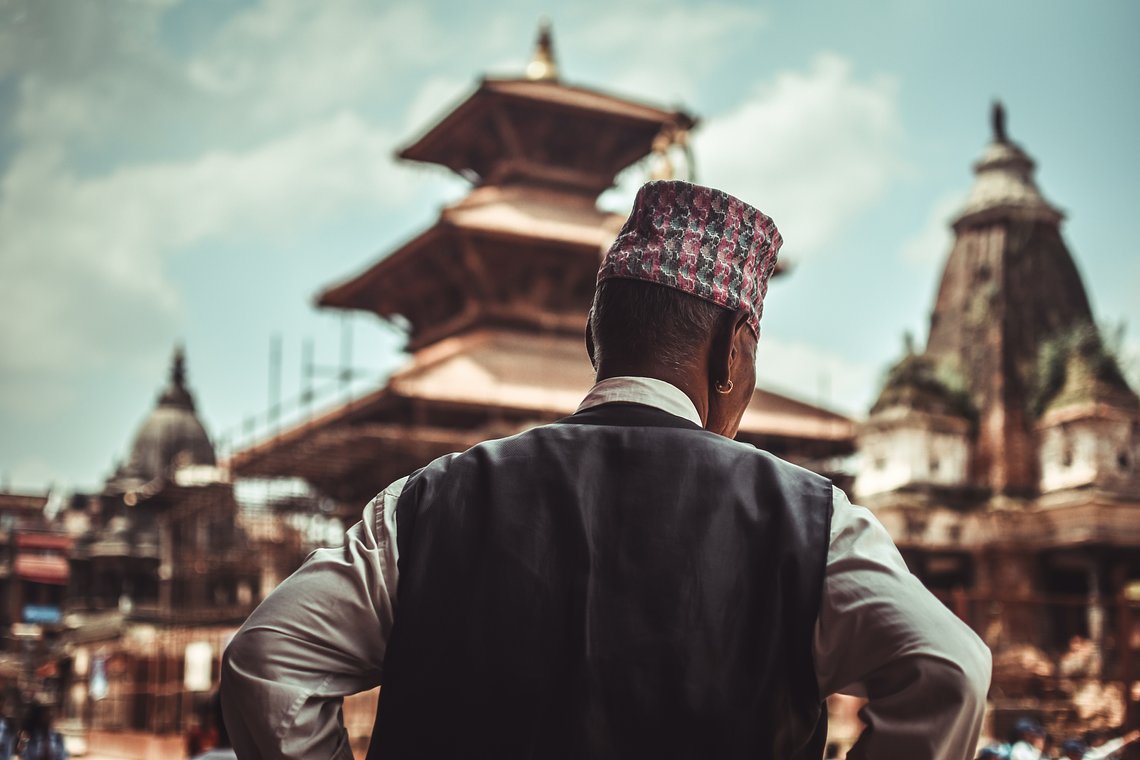
Fri 20 Oct 2023 • Liza Kershaw
PODCAST: Starting from Zero in Kathmandu
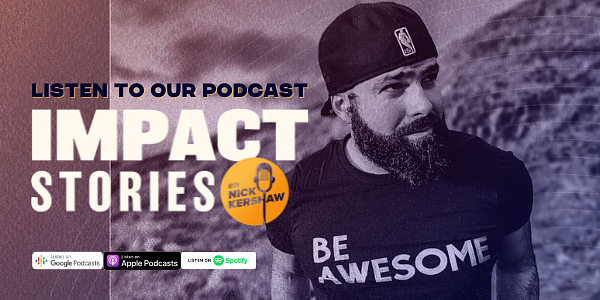
Thu 19 Oct 2023 • Liza Kershaw
PODCAST: The Unfolding Origin of Impact Marathons
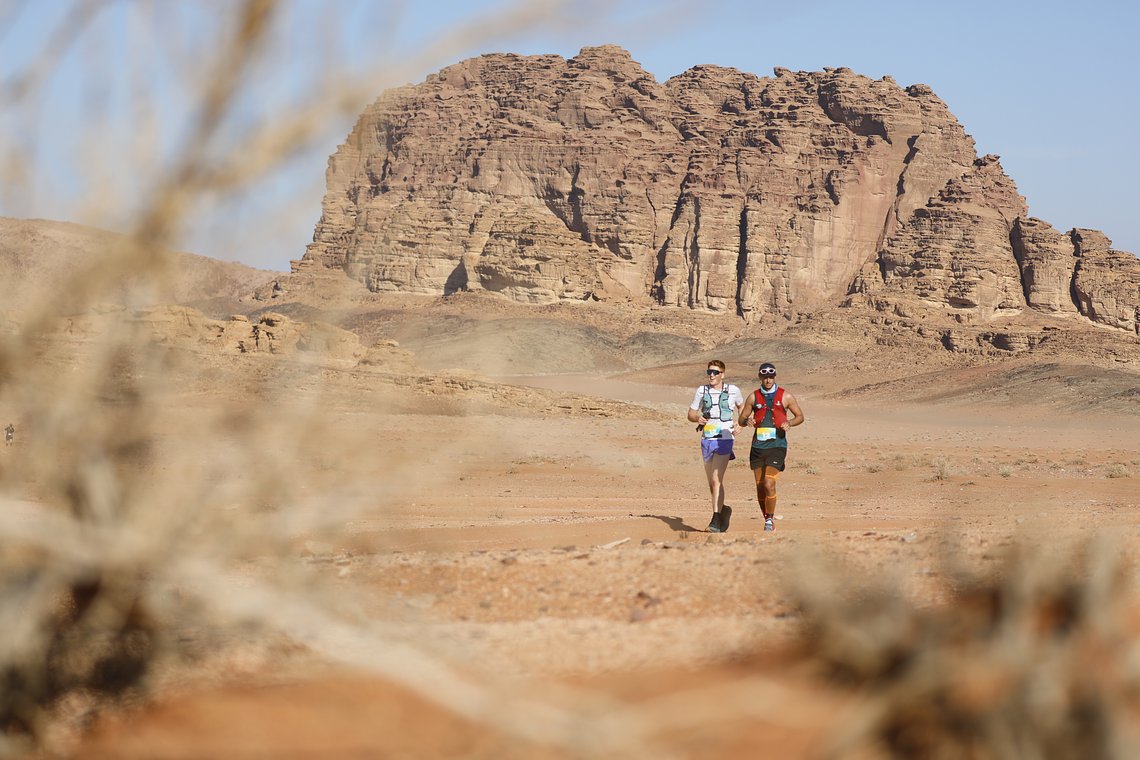
Mon 16 Oct 2023 • Nick Kershaw
A Bucket-List Marathon: Why Jordan Should Be Your Next Running Destination
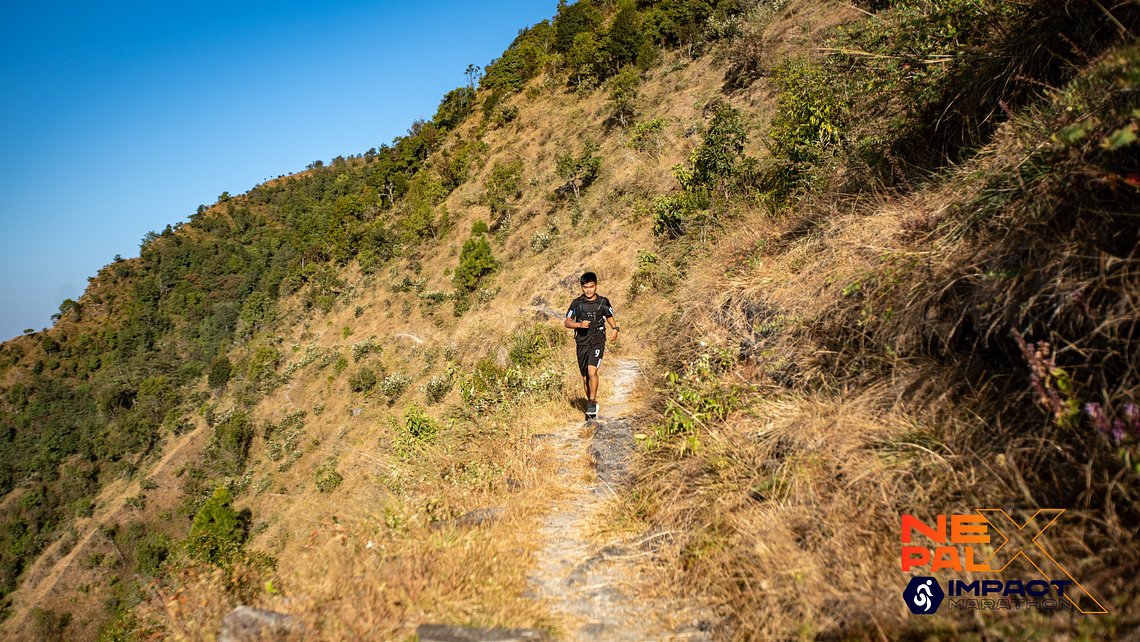
Thu 12 Oct 2023 • Nick Kershaw
5 Reasons the Nepal Impact Marathon Is More Than Just a Race
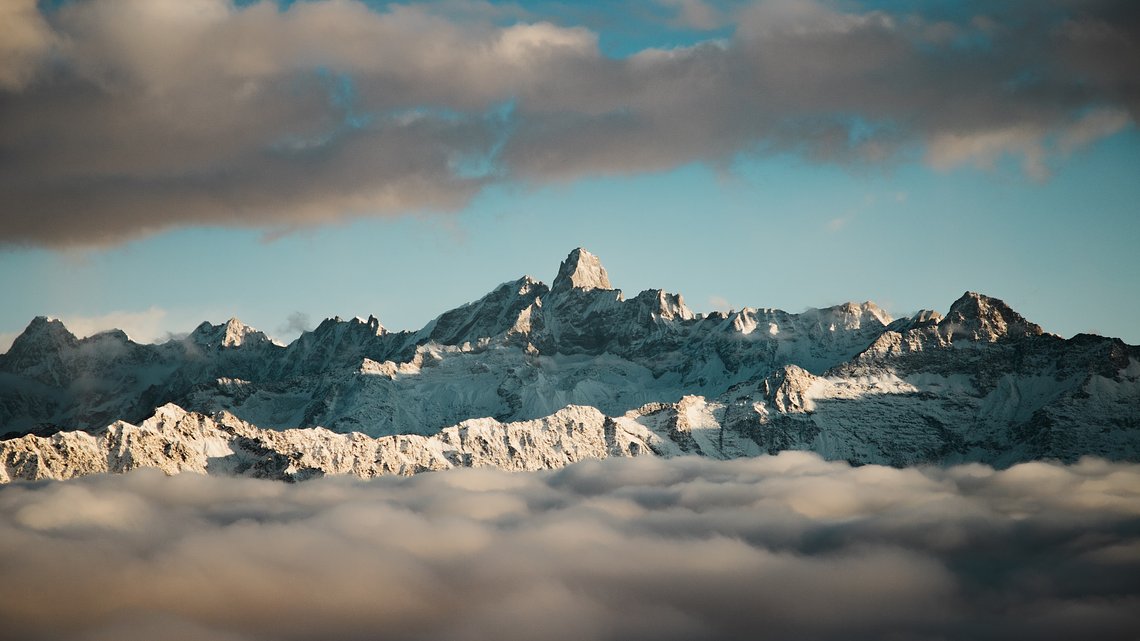
Tue 26 Sep 2023 • Nick Kershaw
Regenerative Travel and the Nepal Impact Marathon: Running for a Better World
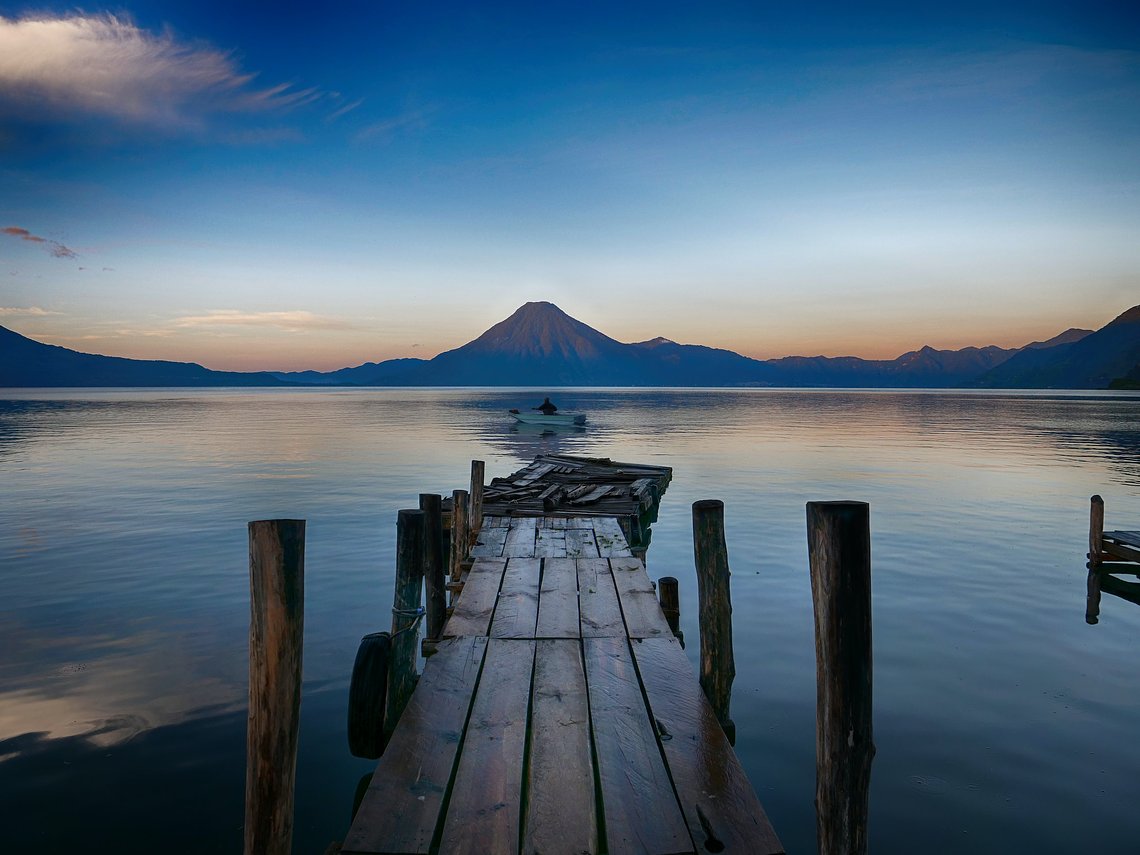
Mon 18 Sep 2023 • Nick Kershaw
Why Guatemala Is the Perfect Adventure Destination for U.S. Trail Runners
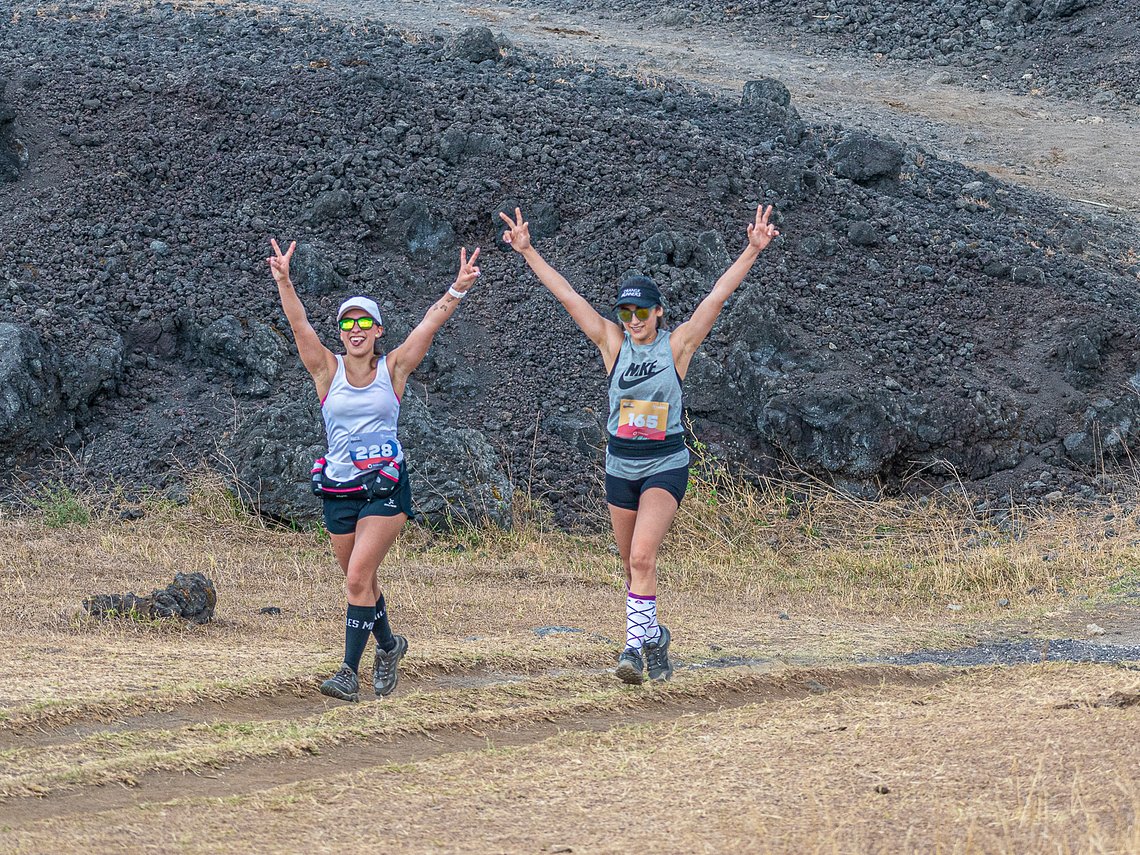
Thu 7 Sep 2023 • Nick Kershaw
Why Team Up For the Guatemala Impact Marathon?
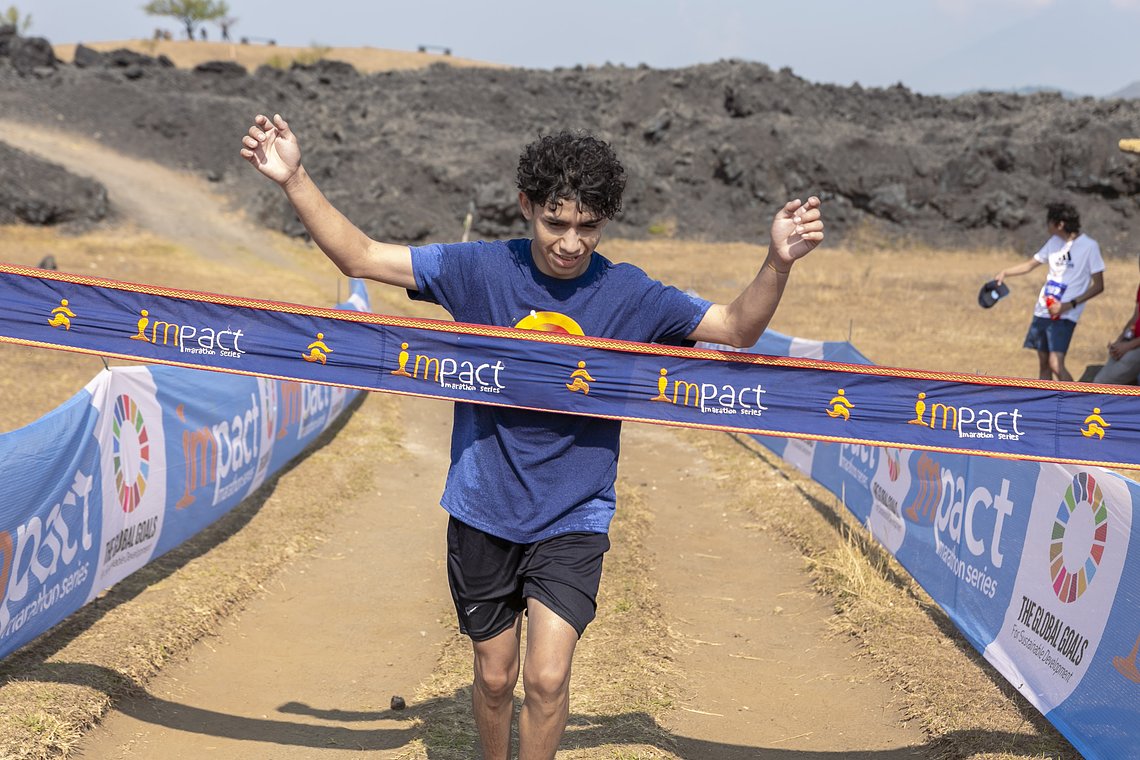
Tue 5 Sep 2023 • Nick Kershaw
Running with Purpose: The Synergistic Impact of SERES, Youth Leadership, and the Guatemala Impact Marathon
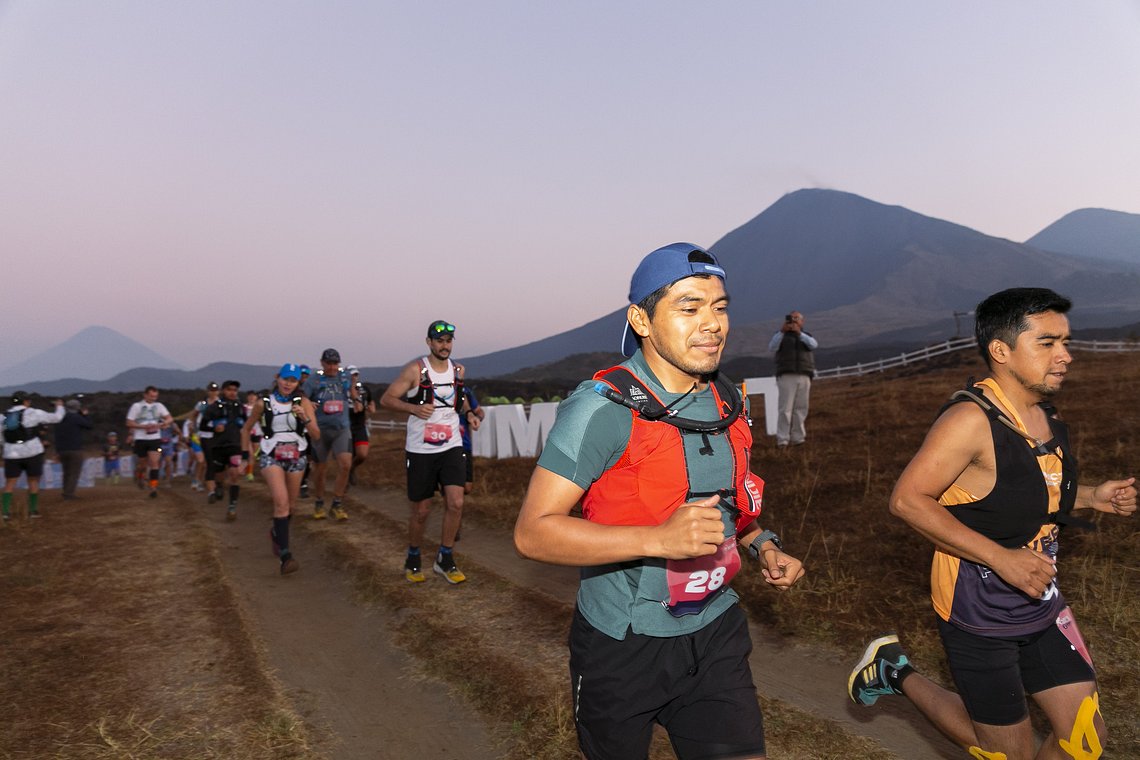
Thu 31 Aug 2023 • Nick Kershaw
Adapting to Tropical Conditions: An Evidence-Based Approach to Training for International Marathons
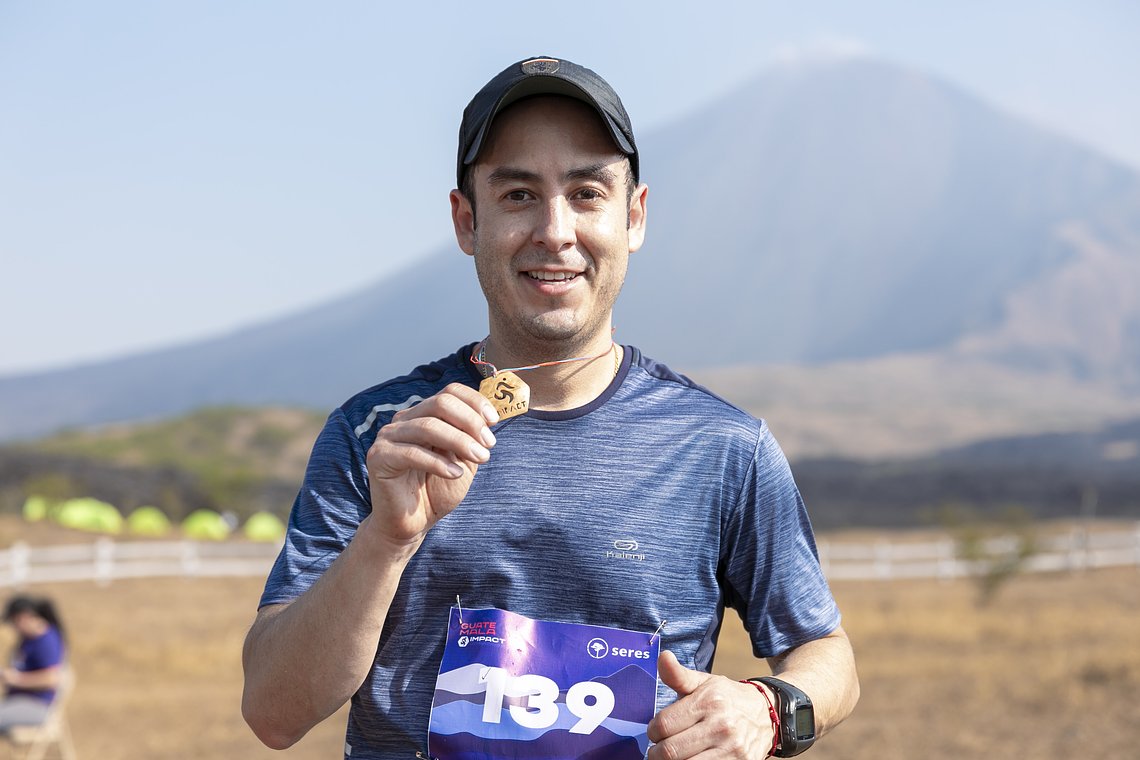
Tue 29 Aug 2023 • Nick Kershaw
A Beginner's Guide to International Marathons: Why Start with Guatemala
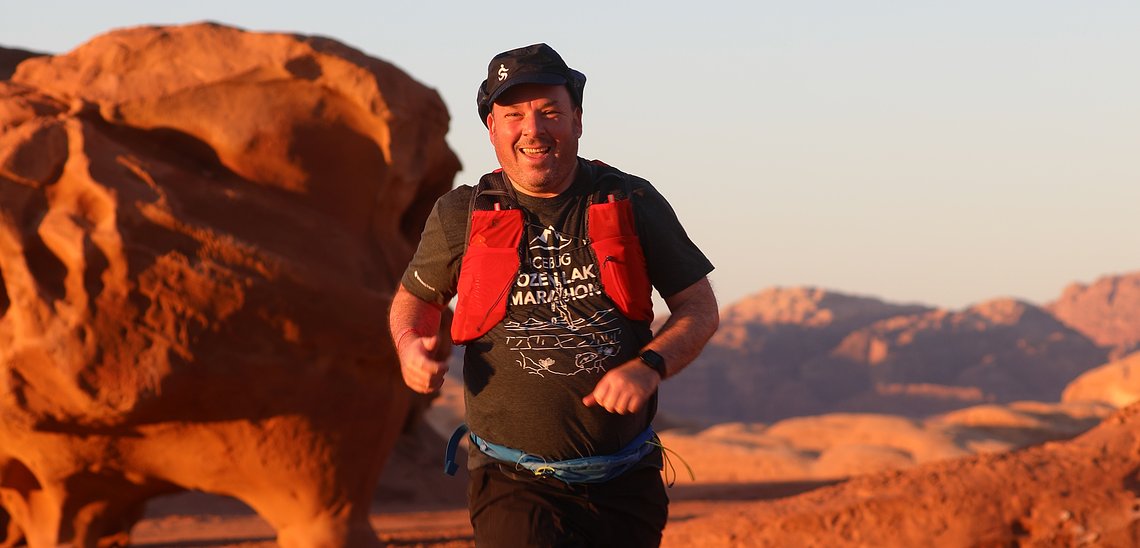
Thu 10 Aug 2023 • Nick Kershaw
Running with purpose: the Jordan Impact Marathon partners with the Invictus Games Foundation
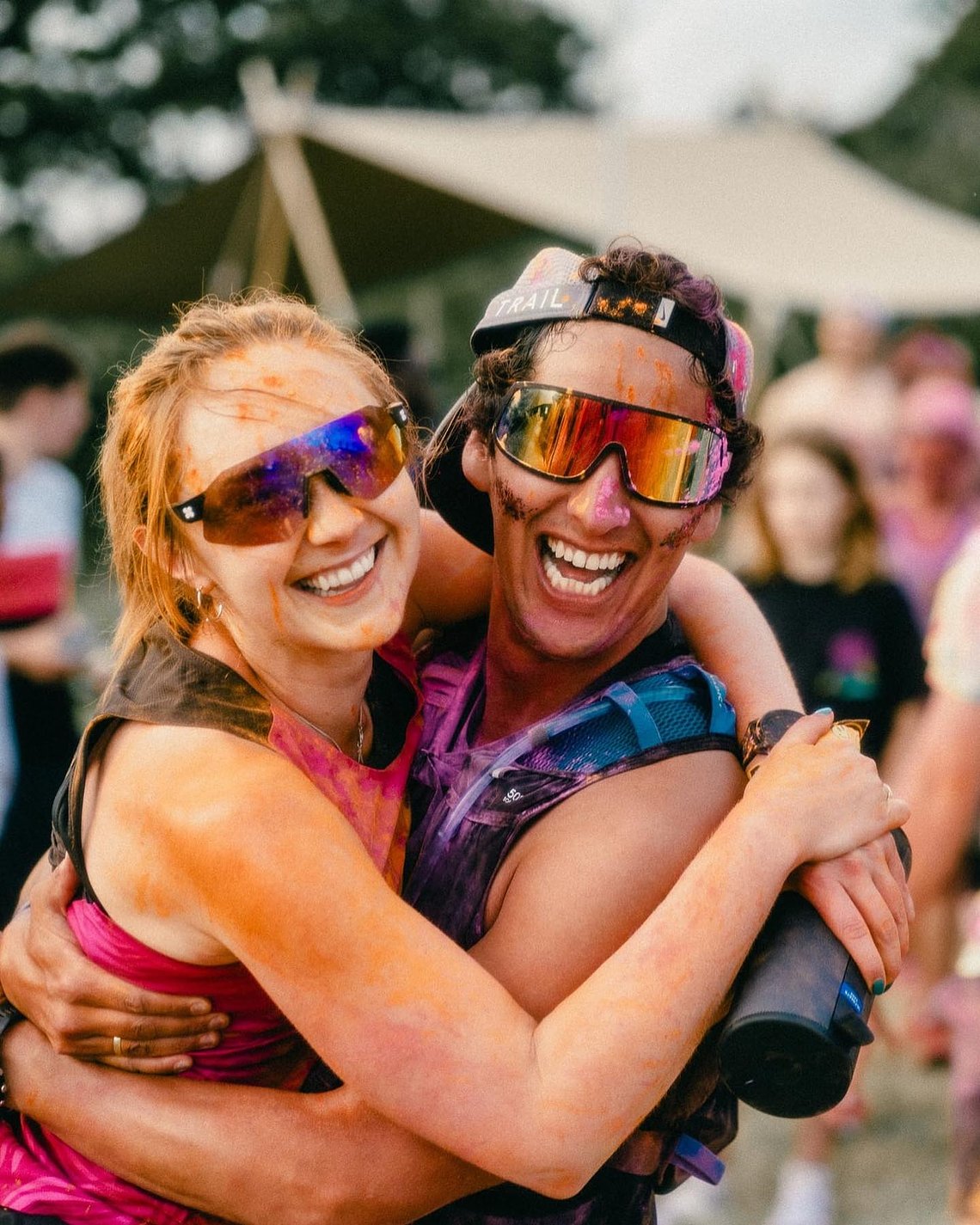
Fri 14 Jul 2023 • Nick Kershaw
Lessons from Love Trails: Celebrating Obsession with Experience Creation in the World of Running Events
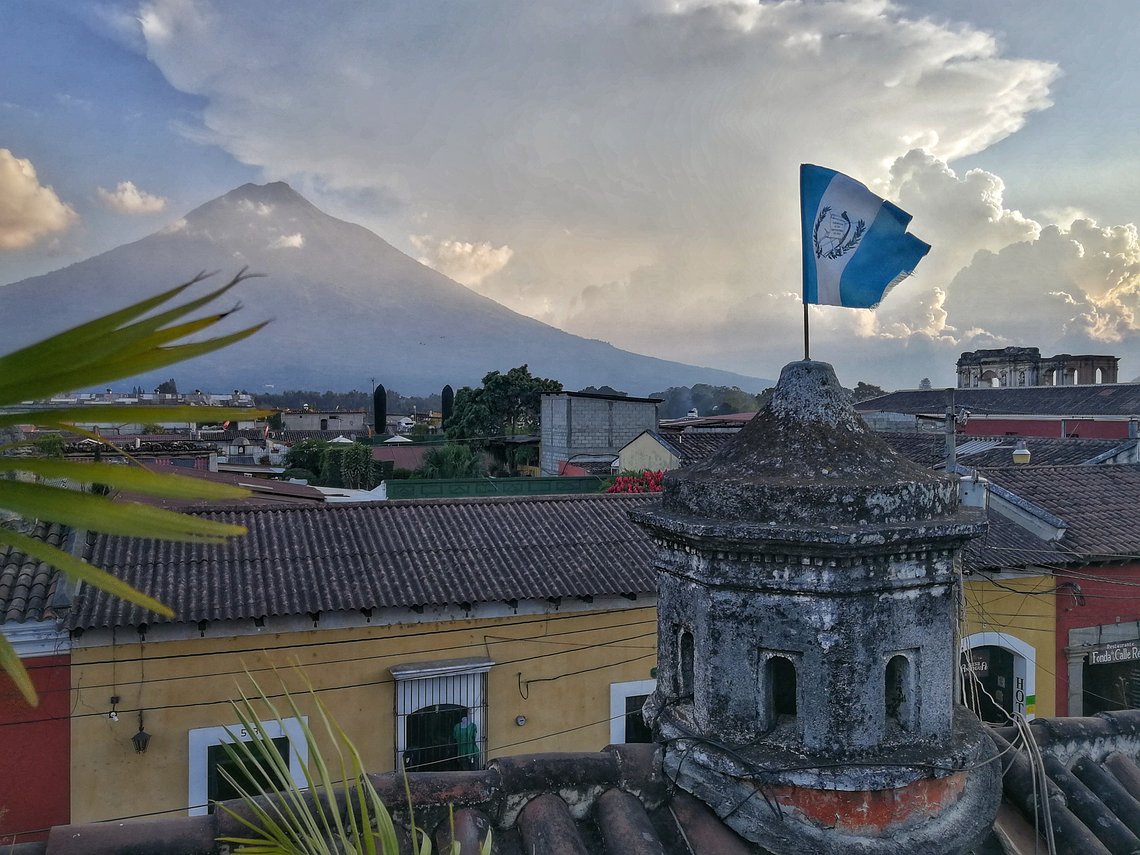
Fri 23 Jun 2023 • Nick Kershaw
Exploring the Enchanting History of Antigua: Our Home for the 7th Guatemala Impact Marathon
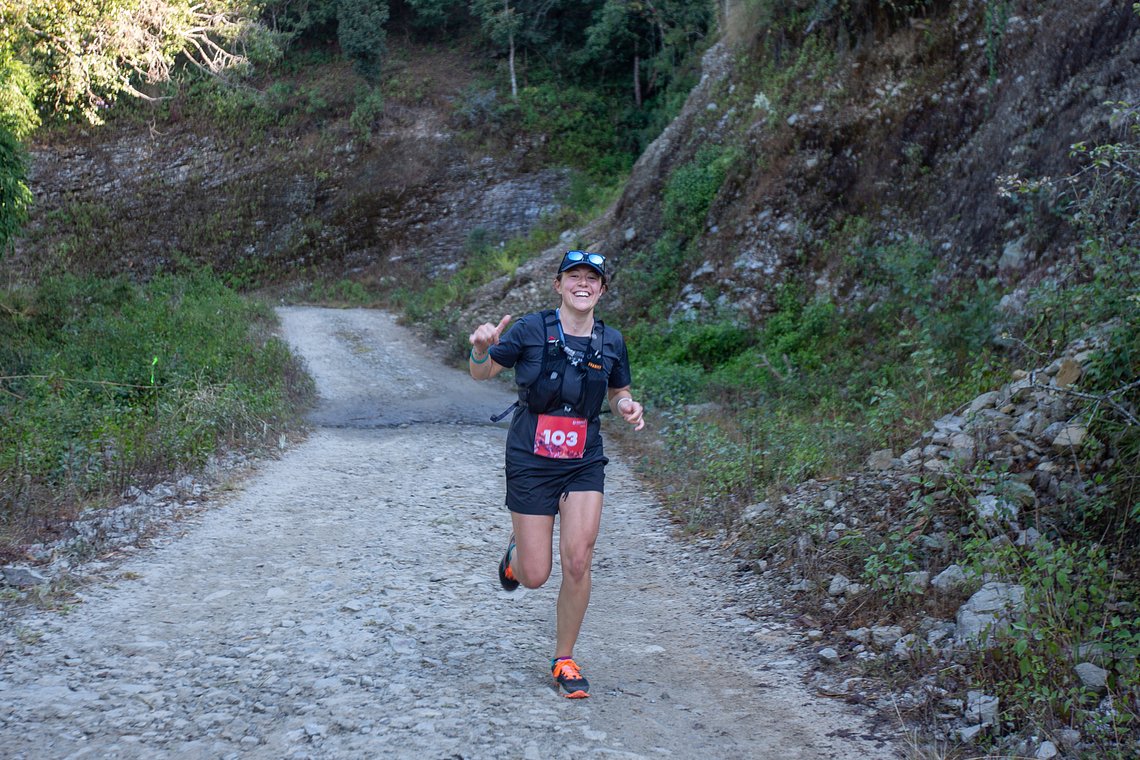
Tue 20 Jun 2023 • Nick Kershaw
Run the Extra Mile: Impact Marathons and the Journey to Social Change
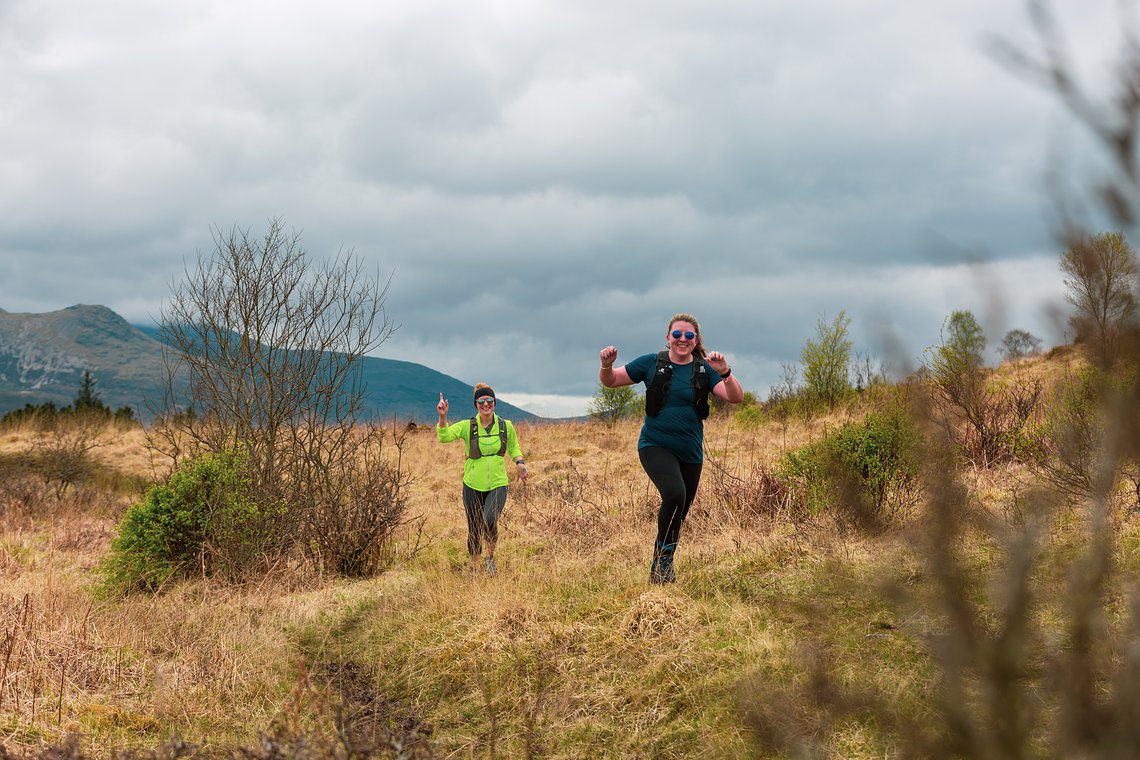
Mon 19 Jun 2023 • Nick Kershaw
Women on the start line: Integrating SheRaces into our Impact Marathons
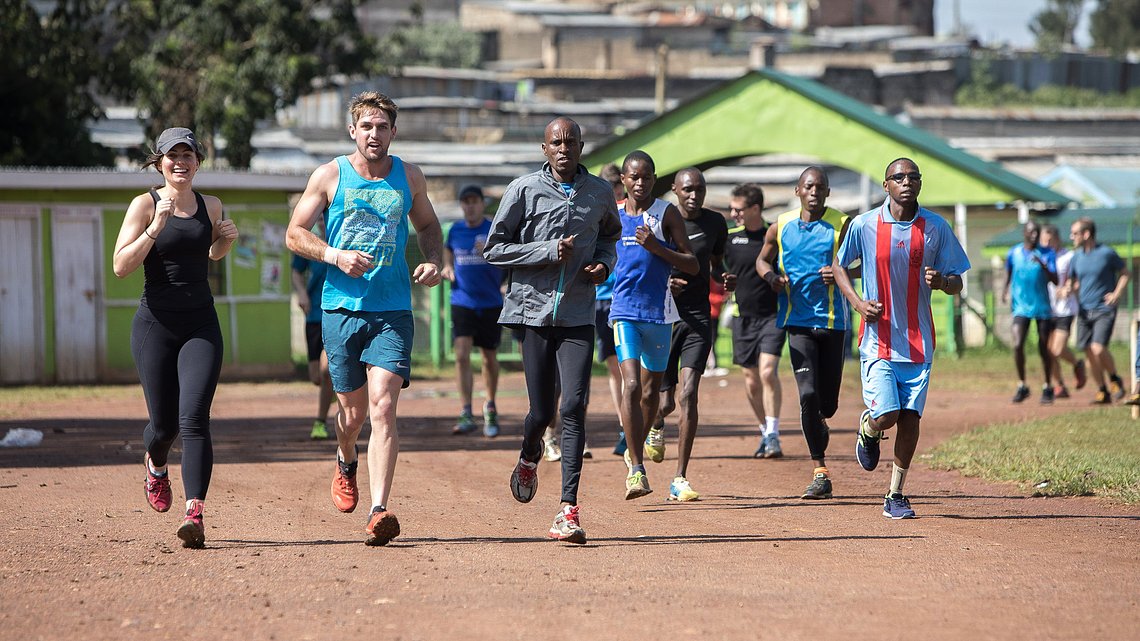
Thu 25 May 2023 • Dave Melody
Why Impact Marathons are changing the face of global charity events

Wed 18 Jan 2023 • Nick Kershaw
ChatGPT wrote a poem about our run in Guatemala...
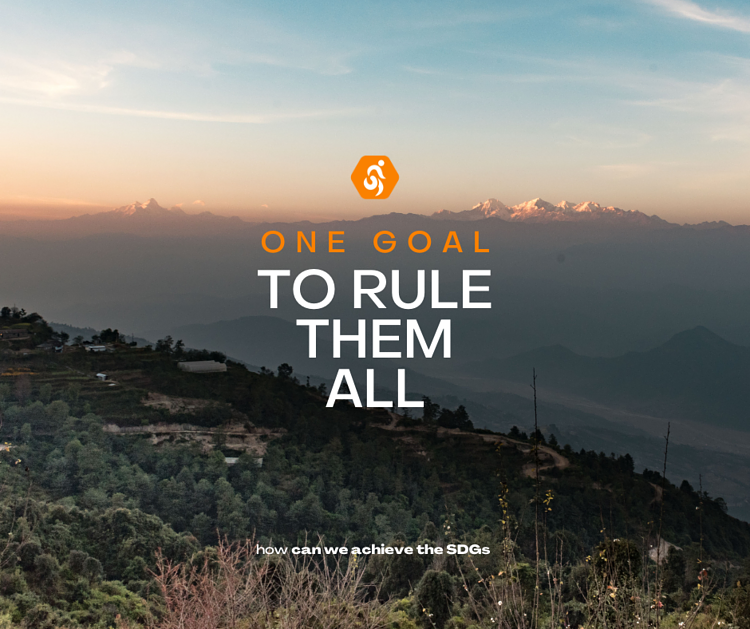
Wed 21 Jul 2021 • Nick Kershaw
One goal to rule them all : A lesson learnt in our pursuit of The Global Goals

Tue 15 Jun 2021
Dropping pebbles, investing in yourself and making an impact

Fri 12 Feb 2021
Introducing: Impact Stories with Nick Kershaw
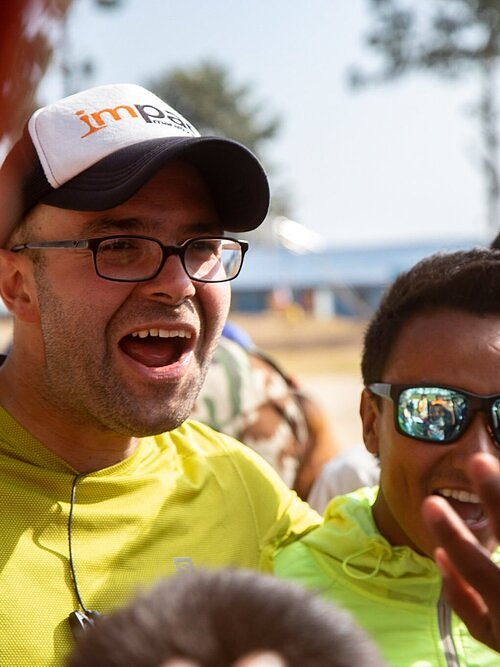
Fri 12 Feb 2021
Impact 101: Conversation with 'We Got The Runs' Podcast

Fri 27 Nov 2020
Ultimate Gift Guide for the Ethical Runner
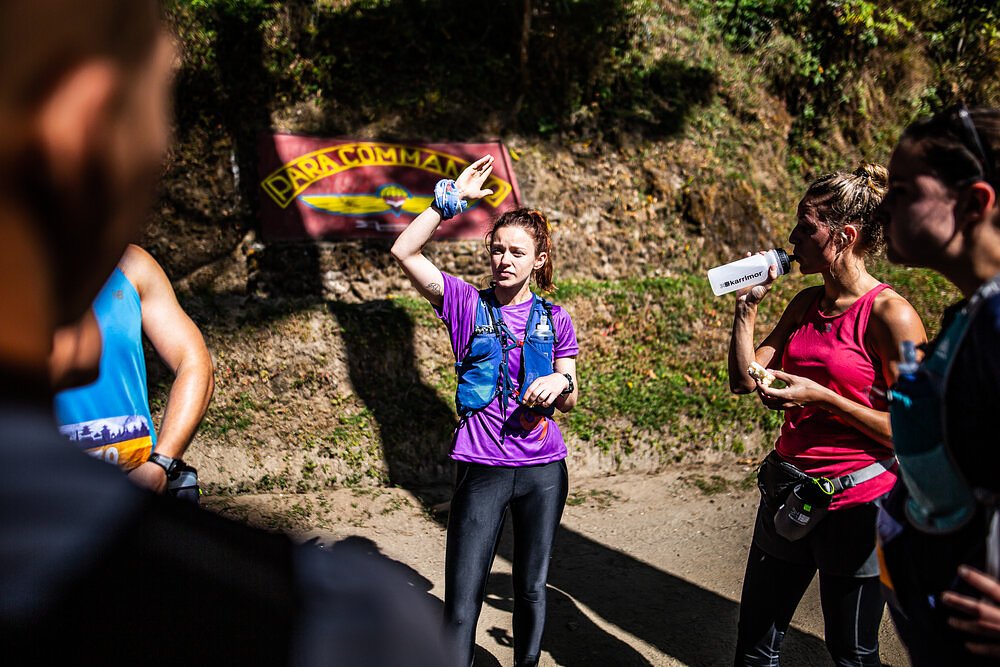
Mon 2 Nov 2020
How do you create a new race route? Meet the Impact Pyramid
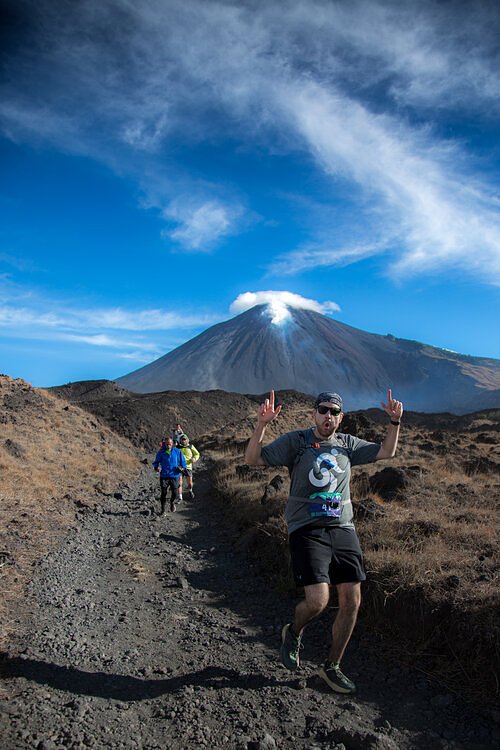
Thu 15 Oct 2020 • Dave Melody
4 ways to maximise your impact (that don't involve any running)

Sun 27 Sep 2020
Green World Programme x Impact Marathon
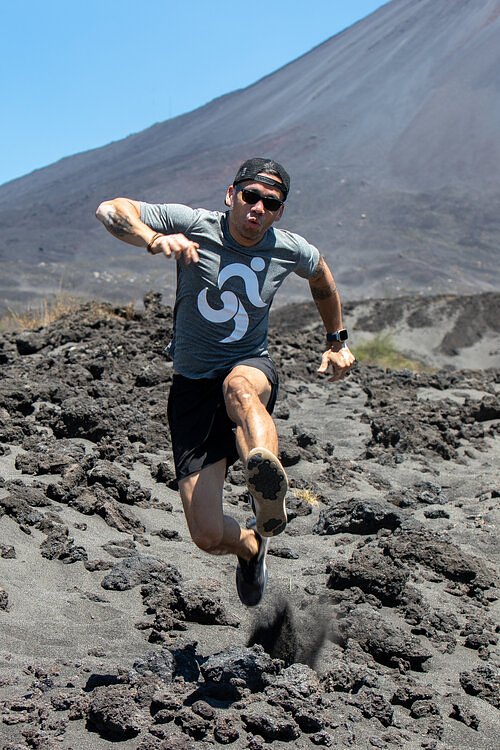
Thu 6 Aug 2020
Impact in 2020: Step sideways, to leap forward
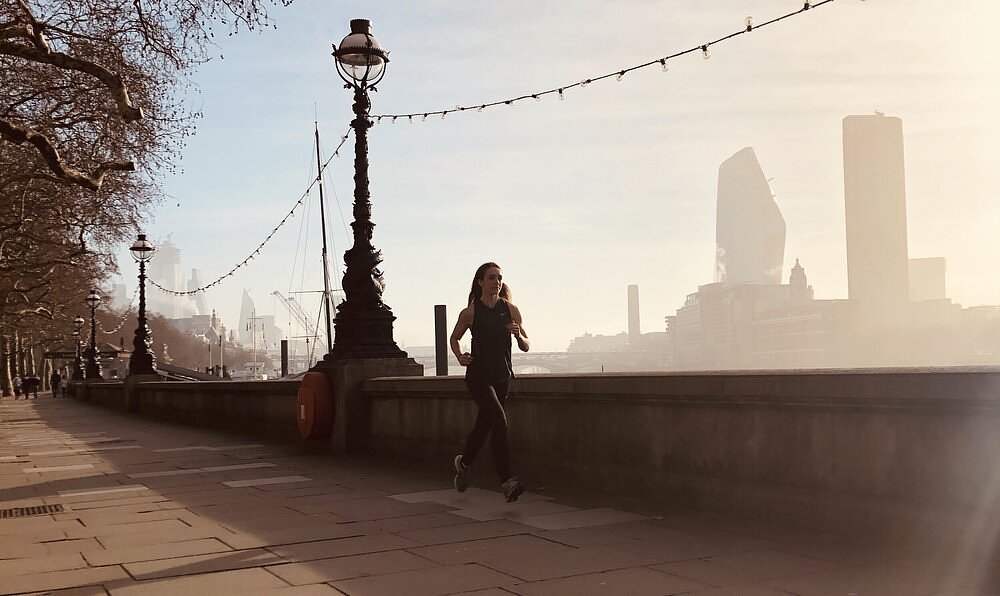
Wed 15 Jul 2020
RunTalkRun x Impact Marathons: Global running movements join forces
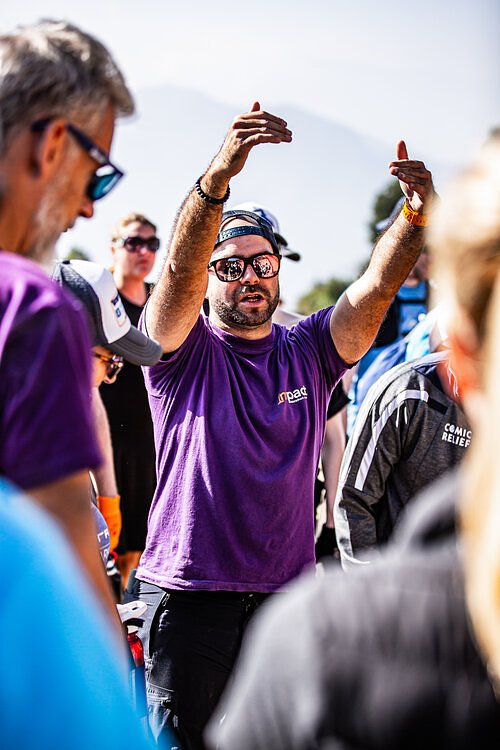
Tue 7 Jul 2020
How to be a change-maker - a conversation with the RunTalkRun podcast
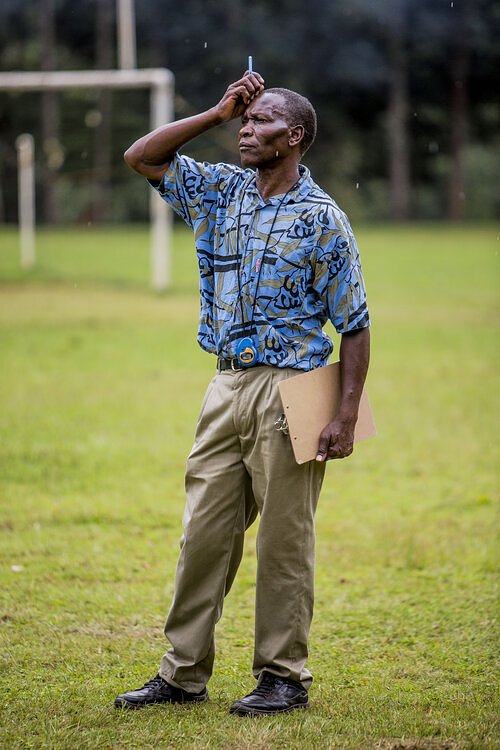
Fri 3 Jul 2020
Coach Gabriel's winning culture: How Kenyan world records are made
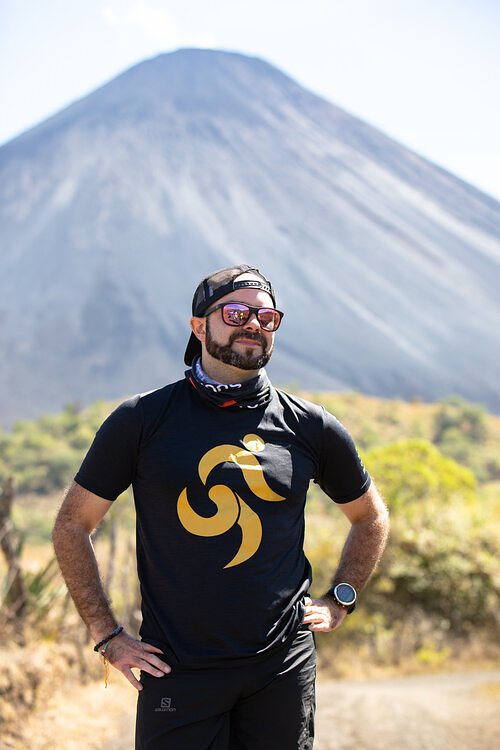
Wed 17 Jun 2020
Silent Motivations - A conversation with the Evossi Explore Show
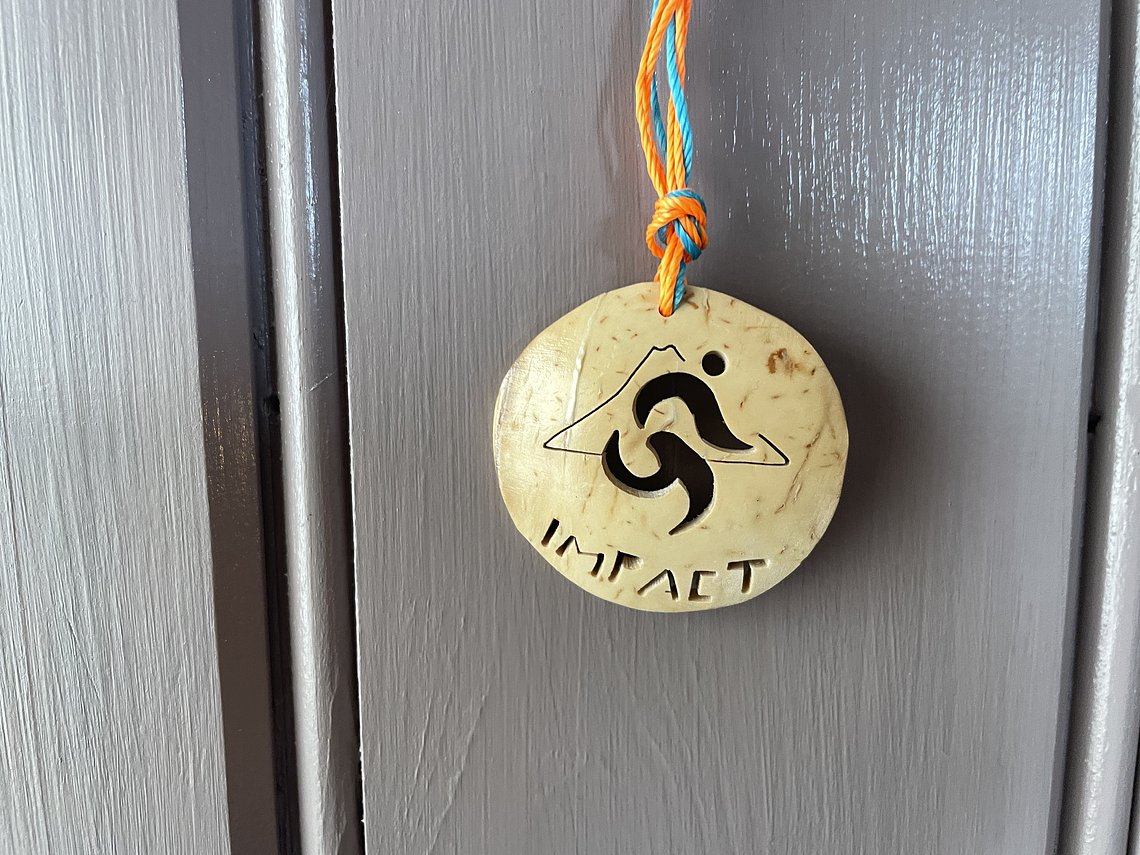
Mon 8 Jun 2020 • Nick Kershaw
What's in a medal? The story behind an Impact medal
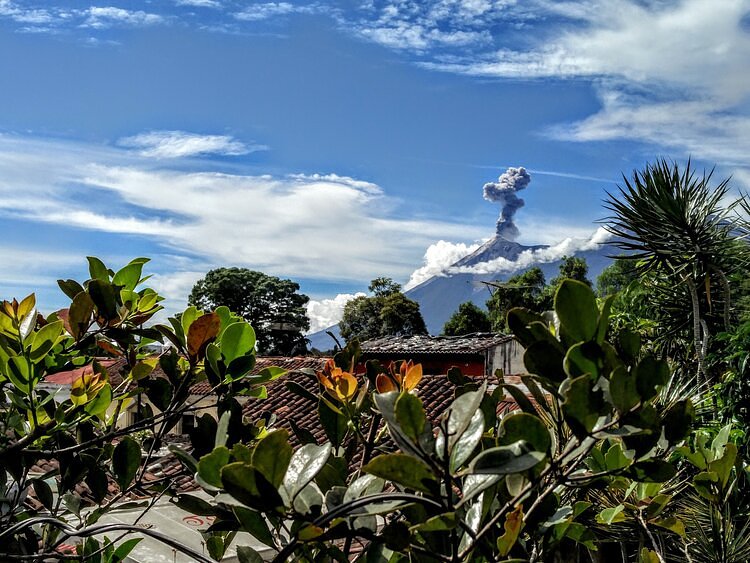
Thu 20 Feb 2020
Guatemala Impact Marathon: From dream to reality
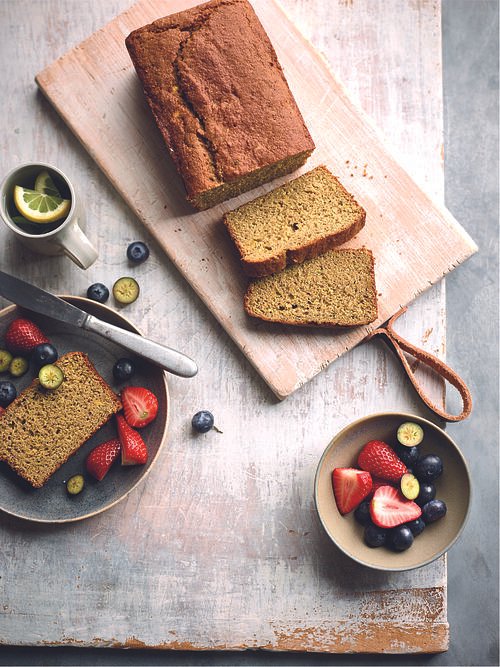
Sat 1 Feb 2020
Runners Recipes: Charlie Watson's Avocado Bread
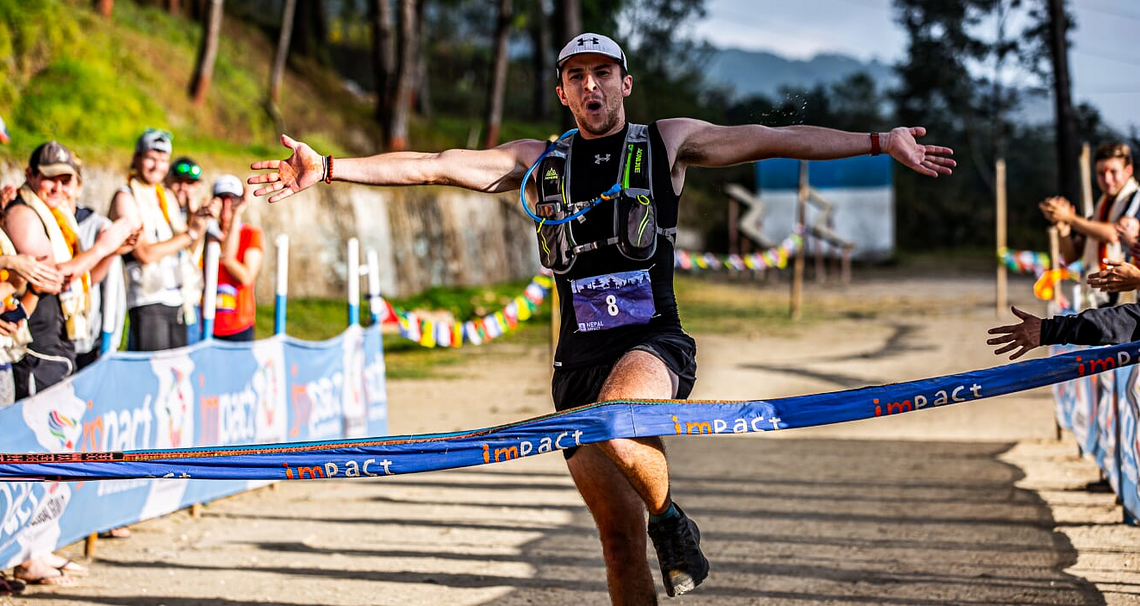
Fri 31 Jan 2020
Impact Runner Stories: Kit Garnett @ Nepal Impact Marathon 2019
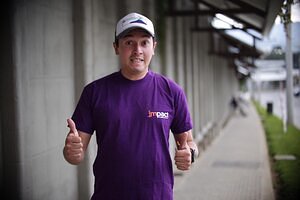
Tue 17 Dec 2019
Pablo: The main man of Guatemala Impact
Tue 29 Oct 2019
Kelsang: The unsung hero of Nepal Impact
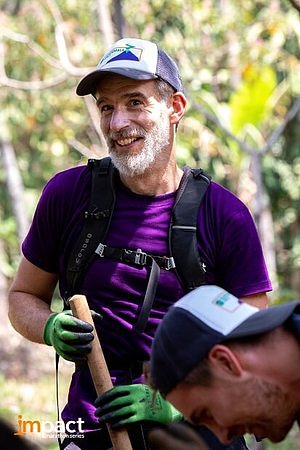
Wed 2 Oct 2019
Team Impact: Through the eyes of an investor
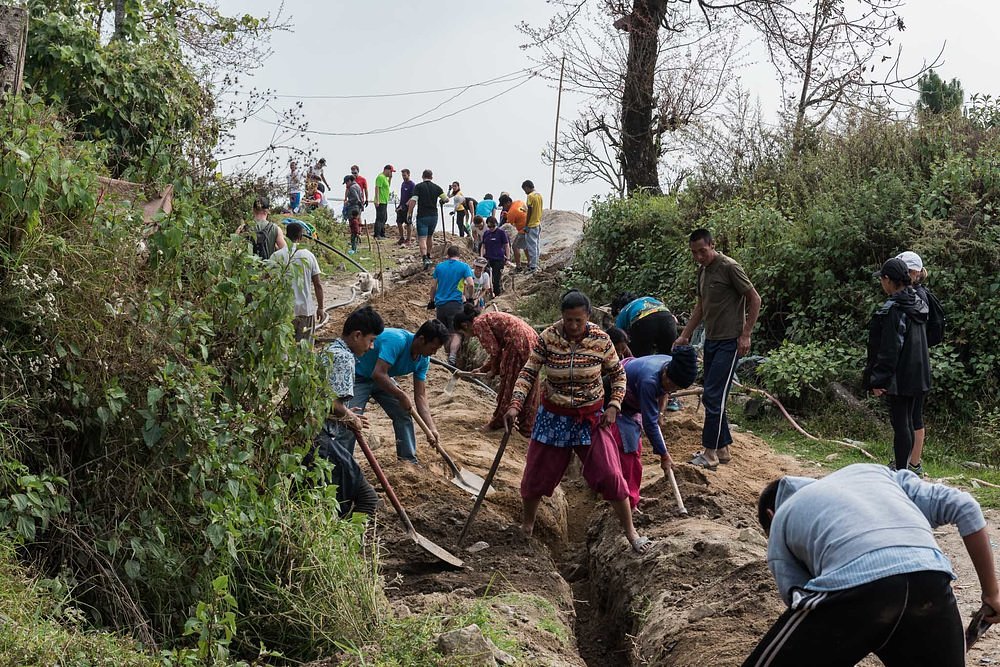
Mon 9 Sep 2019 • Nick Kershaw
It takes a village
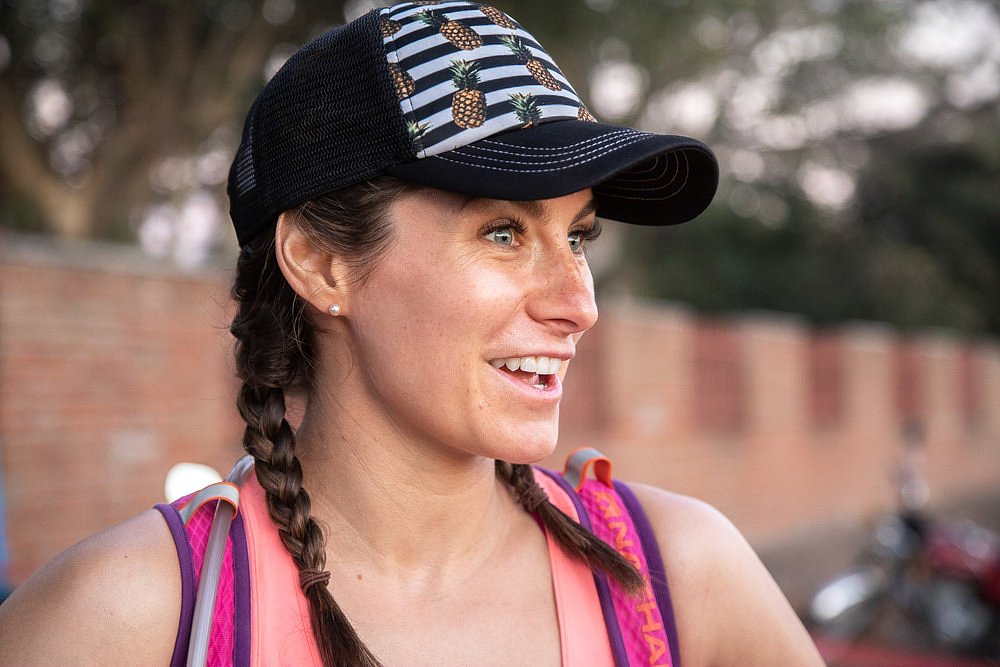
Thu 29 Aug 2019
Meet the storytellers
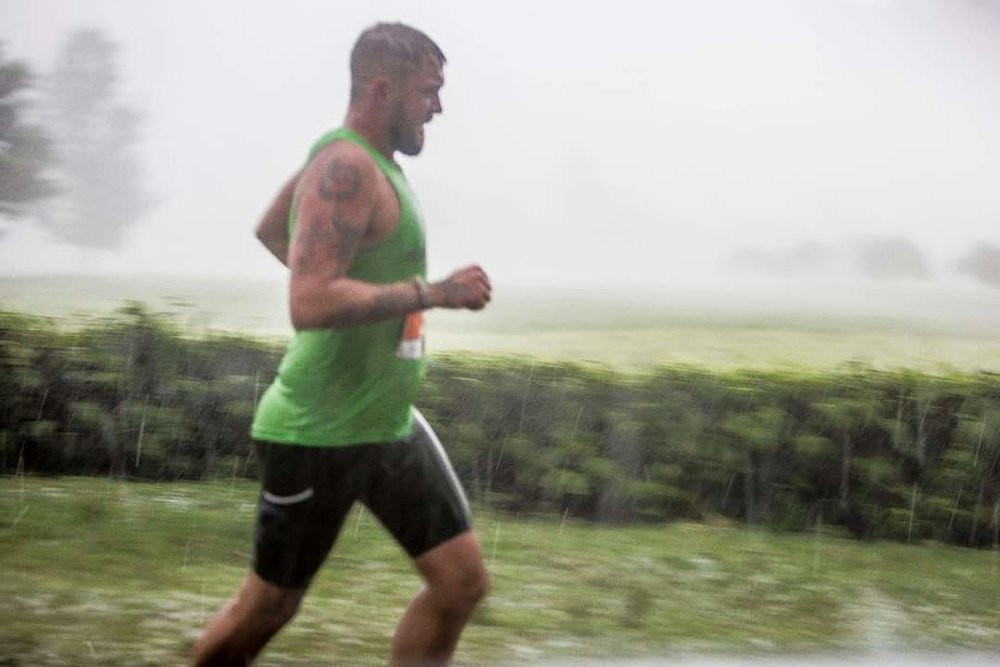
Wed 14 Aug 2019
Why a flash storm in Kenya is exactly what your company needs to thrive
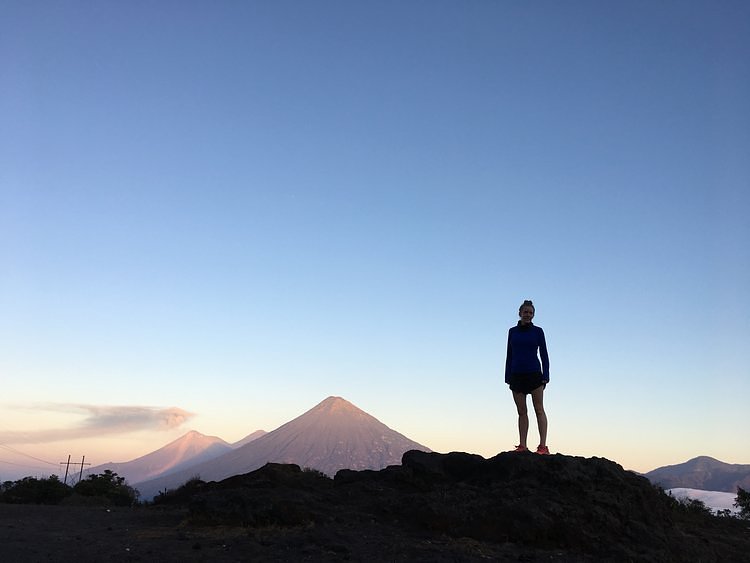
Wed 7 Aug 2019
Team Impact: Through the eyes of our volunteers
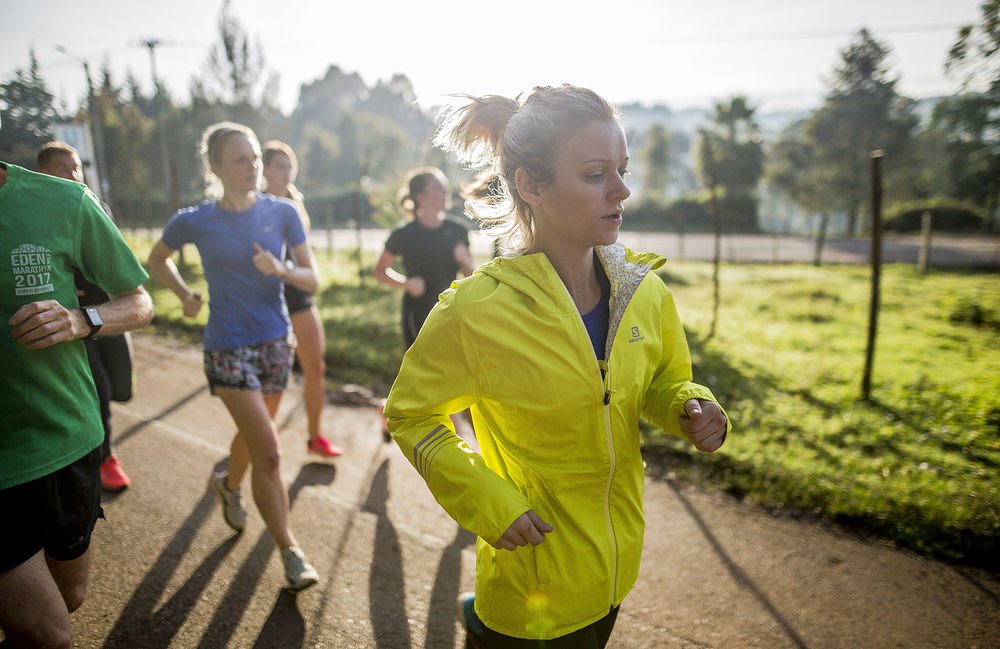
Tue 16 Jul 2019
Nepal Impact 2019 to be led by an all-female race director team
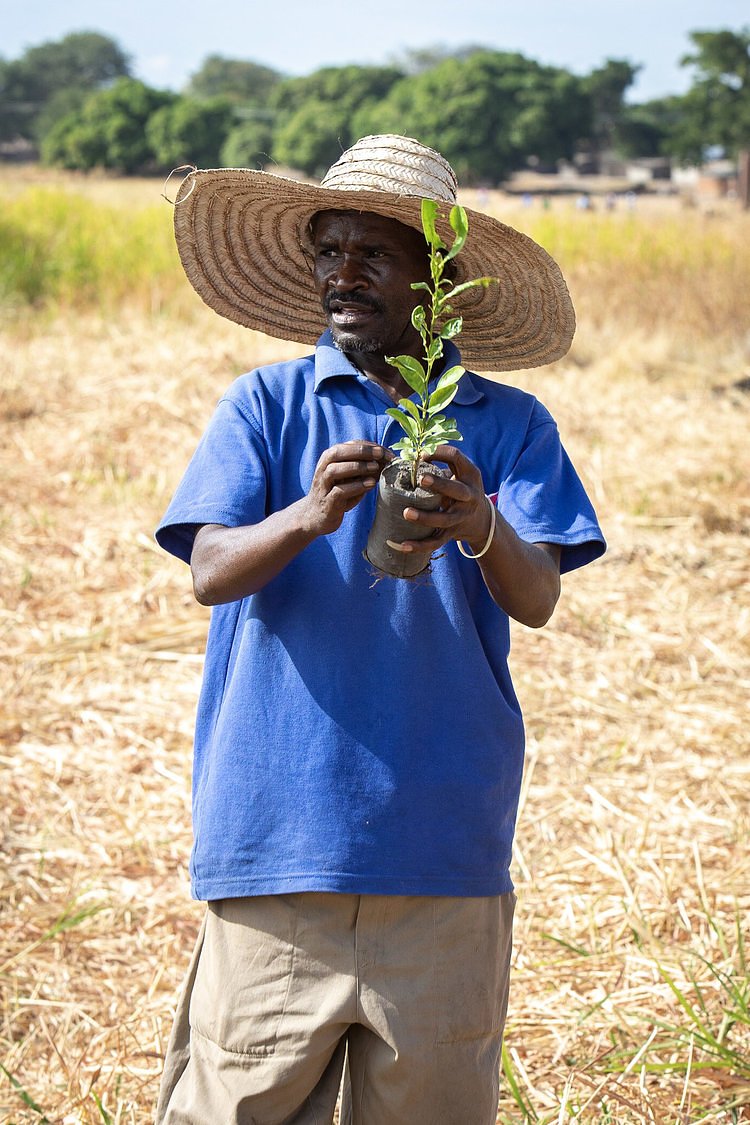
Tue 14 May 2019
Building resilience: Permaculture and sustainable development
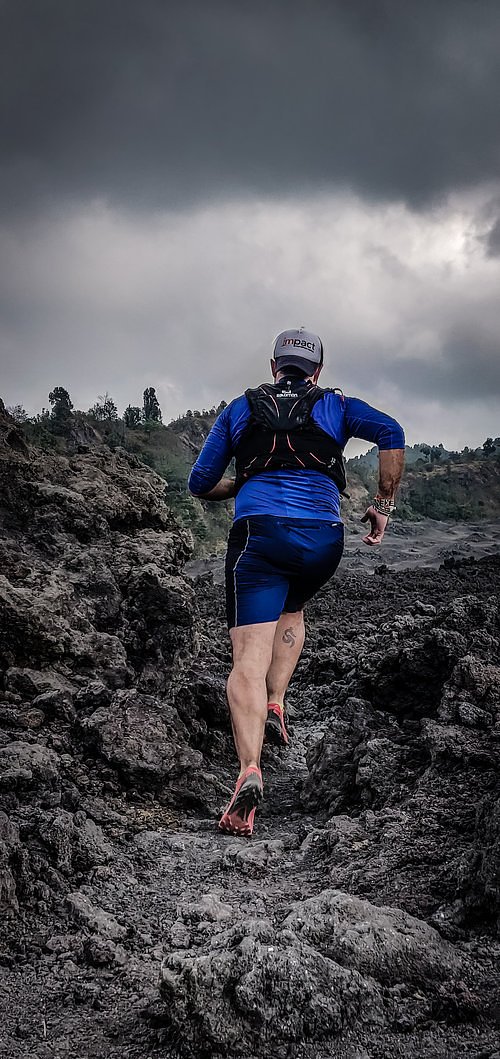
Mon 4 Feb 2019
4 reasons to run up an active volcano
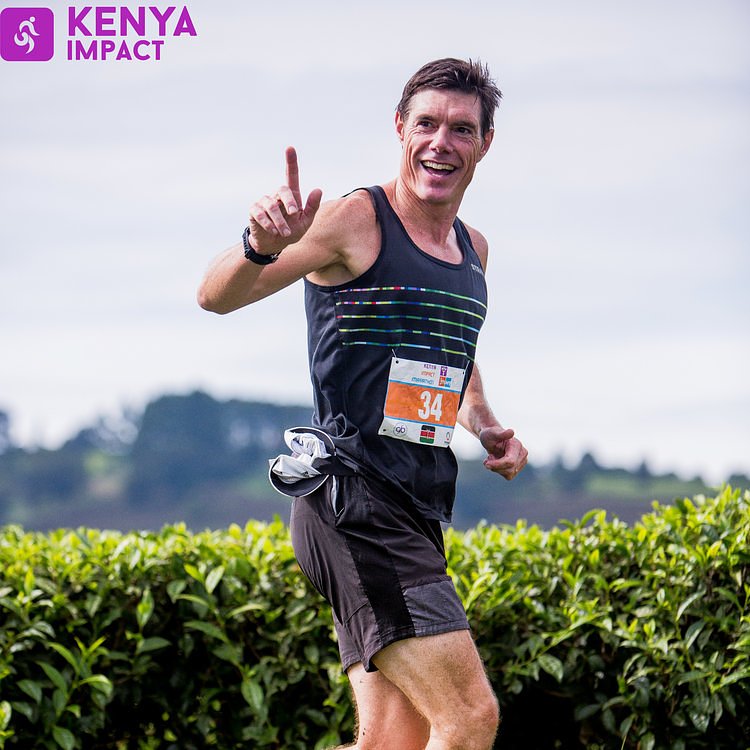
Tue 8 Jan 2019
MarathonTalk - Martin's trip to Kenya
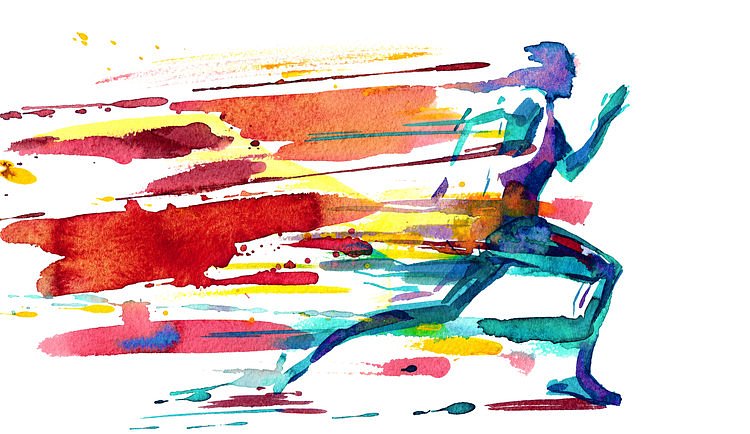
Wed 26 Dec 2018
The best brands for ethical running gear
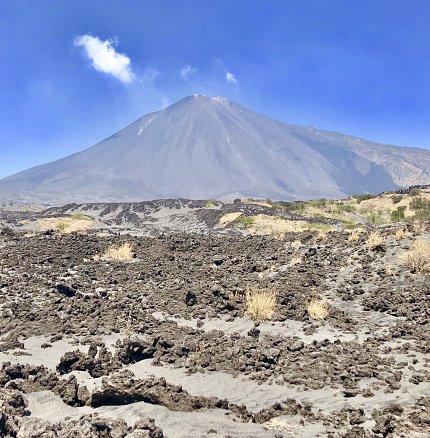
Wed 26 Dec 2018
A CALL TO ACTION FROM 'THRIVE WITH JOE'
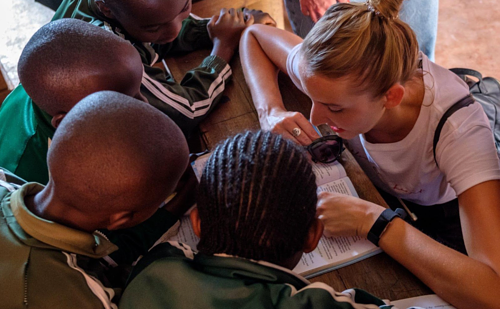
Wed 26 Dec 2018 • Nick Kershaw
Asante Sana, Kenya, For the Memories